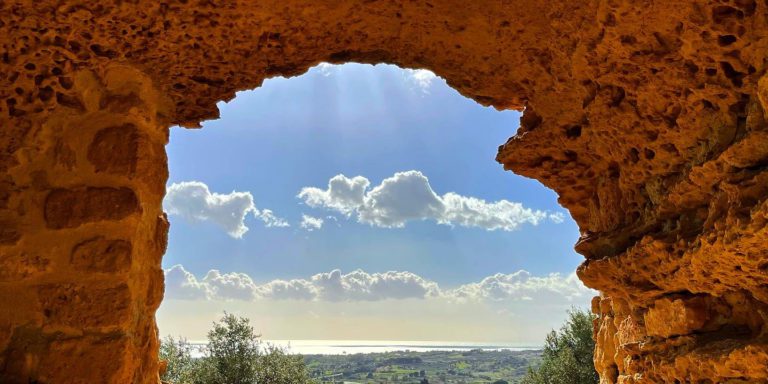
Portal to the Mediterranean shot through an ancient catacomb atop the Valley of the Temples.
When I think of Italy, I think of “style.” In clothing, restaurants, shops, bathrooms… great attention is given to details. Lamps, switches. Pens. Bar glasses.
After a lifetime of putting Italy on the lifetime “to do” list, I’ve been here three times since December 2019. (To add context—I’ve been to London 30 times or more.)
This time, it is Sicily. This, the largest island in the Mediterranean, is Italian, but also its own entity. It is self-governed, autonomous, dating back to when, after WW2, the Italian government was doing its best to keep the country together—some regions were considering secession. It is an ancient crossroads—between Europe and North Africa, the Middle East and the Straits of Gibraltar.
Thus, it is been conquered and inhabited by many cultures. Each left its mark. The grand cathedral in Palermo has architectural elements from Islamic, Norman, Catalan, Baroque and 19th century Gothic Revival periods. Perhaps more. The giant post office nearby on Via Roma has the stark lines of Mussolini’s Fascist architecture.
It is Tuesday—on board the bus heading south to Agrigento. Italian traffic is legendary. Trying to get out of Palermo is an adventure. Double parking is lame. Quintuple may be a challenge to some. Crosswalks are a suggestion of safety. You start across and hold your hand out flat. They will all stop. At least so far. I’m sitting in the front row right behind the driver. He is a young dapper, stylish, handsome young man. “Francesco!” Maneuvering this whale of bus amongst the tiny FIATs (Fix. It. Again. Tony. When I was young, Fiats were notoriously unreliable), motorcycles, work vans… I would be twitching with stress. But somehow, he makes the turns and wends across the centerline when necessary and now has got us on a 2-lane highway headed toward the mountains in the center of the island. Most of the dwellings are three and four-story apartments that creep as far up the steep slopes as they are able.
Word at breakfast this morning was that Mt Aetna has been erupting and that the Catania Airport has been closed. I’m supposed to fly out of there next Tuesday. We are planning to visit the mountain on Friday.
- https://abcnews.go.com/International/wireStory/mount-etna-roars-sends-towering-volcanic-ash-cloud-83026673
- https://www.volcanodiscovery.com/etna/current-activity.html
This highway is mostly elevated—a long, long bridge of many, many miles. And now we head up, up, up into the mountains. The views are stunning. Soon I will be as close to Africa as Italy proper. Olive groves and vineyards.
When I was schoolboy, I often sat in the front row, so I could stare at the large map of the world which invariably hung at the front of the classroom. I would also stare at the big round white-faced clock whose hands would move so slowly if whatever my teacher was saying was not interesting enough to hold my attention.
The most interesting part of the flights was getting last week’s story back to Maryland. My deadline times coincided with either being in the air or in airports with incomprehensible access to the internet. But my editor took care of things, and the streak continues.
The plane landed in Palermo in the early afternoon on Friday. My passport had been processed in Rome. I got my bag and headed out with other travelers. There was a little gauntlet of police officers near the exit. Everyone was being waved through—except me.
One of them indicated I should put my bag on a conveyor to be X-rayed—again.
No problem.
I got my bag and rolled a few yards. An officer in an immaculate stylish woolen uniform—matching jacket and slacks—stepped in front of me. He smiled and asked, “Money?”
“Yes…”
Was this a shakedown? Baksheesh?
“How much?”
I hadn’t counted. I just grabbed my envelope of leftover euros and some dollars. I had taken about a thousand dollars in smaller bills to Egypt, as I knew they wanted cash everywhere and dollar bills were very useful as tips—baksheesh.
“A thousand?” I guessed. I’d been in airports or airplanes for the last 20 hours. I was not my most coherent.
“Follow me.”
He led me into a little room. There were just the three of us. The cop, me and a metal table.
“Money,” he said and pointed to the table. Does he want a bribe? This IS Sicily. I took my wallet out of my knapsack and pulled all the bills out and spread them on the table. Maybe $300. I rummaged into the zipper pocket and withdrew the envelope of euros and spread them out. Maybe €500. I reached in and got my emergency cash. Embarrassingly, it was in a Pepperidge Farm bread bag—I am recycler by profession. I took those out and spread them. It was a pretty big pile, but with lots of 1s and 5s. I forgot about my backup wallet. But he was satisfied and didn’t dig into the knapsack.
He smirked a little, as if my stash of cash was a pretty lame mess.
“Ok.” He indicated I was done. I packed up my money and rolled out of the airport.
Why me? Do I profile as a money launderer? Maybe because I was a single guy.
I was dropped off at the hotel in late afternoon. I washed up and headed out.
I love walking cities. The hotel had a nice giveaway map, and I headed out to get the lay of the land. Palermo is… confusing. I don’t speak any Italian. Sicily is still strict about COVID (compared to southern Italy last November.) You need to show your “green card” to get into anywhere. It took me a bit of time to figure out the US “green card” is my Vax card. The hotel tried scanning the foreigner locator QR code I was required to get. (The European Green Card is also a QR code.)
“It is not working.”
We finally figured out it was the Vax card. Thereafter, everywhere I went, I defused the situation when asked to produce my green card by saying, “American vaccine card?”
Walking. Walking. Walking. Saturday was 20,000 steps. Sunday 16,000. Monday 15,500.
Back to Friday. It was getting dark. I’d wound up in a scruffy part of the city near the dockyards. I started looking for a place to eat. But I was exhausted, and the thought of language and vaccine and how to order hurdles intimidated me.
Then as so often happens—if you walk enough and keep your eyes open—serendipity combines with fate, and you make a memorable find. I passed plenty of doors—many still shut—COVID. I passed an etched glass double door and continued a few steps…
“The gates of Moria?!”
I turned and walked back. I looked up.
Minas Tirith!?
An “Irish Pub.”
It actually had 4 or 5 double doors. Which was the entrance? On the third try, a door pulled open. The place was empty. Things like dinner don’t really start in Sicily until after 7:30 or 8:00.
But I had to try. I walked in and went to the bar. Two guys were seated at a table behind the bar.
“Are you open?”
They shrugged and made faces as if to say, “Why not?”
I was seated at a high top across from the bar. I looked around the place in wonderment.
‘I am in Minas Tirith!’ I thought to myself in shock.
They only had the QR code menu. (COVID.) I don’t like them, but there was no choice. Fortunately, they had a good Wifi. They had a long beer menu—but it was only in Italian. What is Idromele?
What is Ippocrasso? I ended up ordering a Guinness. It was much better than the swill that passes for the “black stuff” in the US.
The food menu was hilarious. Examples:
I couldn’t bring myself to order a burger in Sicily, so I asked for the salmon pasta.
It was wonderful.
Other people started trickling in.
I finally thought to research the unknown words on my phone.
Idromele is “mead.” I’ve never enjoyed that.
Ippocrasso was something I’d never heard of. I know my tipples. It is Hippocras. I pointed to it for the waiter and asked, “Can I get this?” (No one spoke English in this Irish pub.)
“Si.”
What he brought was quite a surprise.
It was very good. Almost like a spiced wine, but with more of a smooth “brew” taste.
Such luck in a strange land.
Saturday and Sunday, I was on my own.
Walk. Walk. Walk.
20,000 steps, then 16,000. (I never knew I had a step counter on my phone. Some fellow travelers were comparing their counts.)
“You must be talking baby steps. I walked more than you!”
Saturday took me to the Capo market streets. Maybe a mile of colorful stalls of right-off-the-boat seafood, street food, produce, meats, dried fruits, pizza, olives, scarves… In the middle of this was a church which was on my to do list. Nope. There was a big wedding going on.
Another few blocks, I ascended steps to another church. Nope. A funeral was taking place.
Then to the museum of Diocesian (this area’s Catholic) art in the former apartments of the archbishop across a narrow street from the huge cathedral. A stone bridge spans high above the pavement, so the archbishop could cross privately to his rooms. The museum is filled with painting and sculpture depicting devotion and suffering. Featured often is poor St Agatha of Sicily, who had her breasts cut off, and she is frequently depicted carrying them on a platter. St Peter the Apostle appeared to her in prison and healed her wounds. She is venerated to this day as the patron saint of breast cancer, among other things.
I headed back to market and its churches. The wedding and the funeral were still going strong.
Then down the pedestrianized Via Marqueda, where restaurants and bars spill onto the sidewalks everywhere. Into a square where a street musician was playing to the milling throng.
I turned a corner and returned to the Capo. The wedding and the funeral were still in session. All day affairs.
Walk…
The day was aging. My legs were getting tired. My senses were suffering from overload.
Then serendipity or fate stepped in yet again. What took me down this scruffy alley, I don’t know. But up ahead was a handmade sign.
I followed the arrow and soon came across one of the most unusual bookshops I have visited. Half of it was in open air.
The other half was indoors. The aisles were no more than 18 inches wide. Most were dead ends. Those that weren’t were filled by the one customers browsing that section.
The red-headed proprietor was seated outside and engaged me in broken English.
“50,000 books here!” He was also proud of his Facebook count. I forget what it was. He only had a few shelves of books in English. Most were fat mass-market historical potboilers from the 80s and 90s. Wilbur Smith, M M Kaye… I felt I should pick up something out of courtesy.
I found this unusual John Berger 1st. Why? It was the only candidate beside some unattainable vellum blocked by a person on a ladder overfilling the aisle. I have unloaded most of my silly hypermoderns. Kid stuff. I took it to where he sat outside in the alley. A little tray table was before him.
“Quante costa?” I asked.
“Voluntary,” he replied, indicating a metal box with a slit in its lid.
Hmmmm. 1 Euro? 2? I put 4 in my palm and asked if this was ok.
He smiled and nodded.
20,000 steps. My phone translated it into 7 and a half miles.
Sunday
My first goal was the archeological museum. Antonio Salina. It was once a kind of monastery. Rooms and halls of artifacts from prehistoric tribes to Etruscans to Phoenicians, Greeks, Romans, North African Muslims…
I like seeing examples of ancient writing. The Palermo Stone is one of the three surviving fragments of an Egyptian stele somewhat reminiscent of the Rosetta stone. Then there are three bronze plates inscribed with a treaty between two ancient Sicilian tribes. Just think of the ancient scribe carefully incising these letters one by one, being sure to make no mis-stroke. Now he and his tribe are long ago disappeared and forgotten but for these small written remains.
From there, I headed further out to the botanic gardens. I love gardening and idea of the plant diversity. Even in winter, these tropical varieties were intriguing in their variety.
There are numerous ficus trees in the parks. Some have hundreds of air roots.
This example is over 150 years old.
They had a kind of Romanesque temple devoted to historical botany. I was excited to see these bookcases in the atrium.
I was even more excited to discover these were made of solid wood.
Monday
The official tour began. The tour director and the bus driver explained this was their first tour of 2022. They’d had only 3 at the very end of 2021. The driver said the busiest was 14 people. Our group was 31. The bus seats 48.
I’m pretty aware of most great landmarks. I keep hundreds of worthless guidebooks at home. Tourist manuals of places I’ve been or sites I aspire to visit.
We headed out of town. We drove up the steep mountainside. I thought we were going for the view. The view over Palermo and the sea was stunning.
I’d never heard of the Basilica of Monreale. Daniela, our guide, said it was 96 steps up to it.
It was stunning. Millions of glass mosaic tiles with gold leaf behind it. The local guide said it was second largest after Hagia Sophia in Istanbul. I visited Turkey about 8 years ago, and that cathedral is a sad place, as most of the Christianity in the building has been canceled. It is still huge and impressive, but Monreale was… alive.
After touring Palermo the rest of the day, about a dozen of us were taken on an optional excursion to Palazzo Alliata where the owner, a real Italian princess, gave us an intimate tour of the palace her ancestors built 700 years ago. She was delightful. Animated. Passionate about her home and heritage. We weren’t permitted to take pictures in her chambers for privacy’s sake. But I spied a book—she had dozens of art folios on a couple of low tables—that was about her palace. She gave me permission to photograph it. She said it was a limited edition and would be difficult to find.
She told us about the bomb damage in World War II. Some ancient windows were blown out and had to be replicated out of Murano glass. Her grandfather had done that work.
Of course, I checked her book online later. I found one copy for $1501 and another for 32 euros.
…Internet bookselling. Still the “wild west” 25 years on. (We sold our first book online in 1997.)
Here’s a description of her book:
This monographic volume on Palazzo Alliata di Pietratagliata spans five centuries of art history in Sicily. The artistic stratifications that have affected the building, making it one of the most complete examples of civil architecture in Palermo, follow the linear path of European artistic evolution in the modern era. From the outside to the inside it is possible to recognize numerous works of excellence: the ancient tiles of the tower, the angular mullioned window which is part of the precious Mediterranean late Gothic heritage, the ballroom richly decorated with high quality stuccoes and frescoes in which stands one of the largest Murano chandeliers in Europe and, finally, the rich decoration of the hall known as “of the ‘400” with the monumental painted wooden ceiling. Thanks to this volume it is possible to know the construction and decorative sites in Palermo from the fifteenth to the twentieth century, in which the lives of the client, artists and workers are inserted. Through the rich relationships of the architects, engaged both in the design and in the direction of the works, or the payment receipts for all the works, in addition to knowing the history of the building we come into contact with a fascinating specific terminology that brings to light a culture now forgotten to which not only architects and painters belong but also masons, carpenters, plasterers, gilders and cabinetmakers.
Palazzo Pietratagliata 1476-1947
Tuesday
We drove south from Palermo (where this story begins above.) We paused for a rest stop below Monte Kronio where perhaps the earliest signs of winemaking were discovered in a cave about a decade ago:
In 2012 Copper Age jars dating from the fourth millennium BC were found in a cave on Monte Kronio. Organic samples taken from the jars proved to contain tartaric acid and its salt, confirming the use of the vessel as wine containers. The site is the location of one of the earliest known evidences of winemaking, dating back 6000 years, a similar age to the evidence from Areni in Armenia.
4000 B.C. That is some vintage. Probably turned to vinegar, though.
We ended up in the Valley of the Temples. This area was booming in 500 BC. Within a few years, it became a top trade center in the Mediterranean. The population swelled to 200,000.
It was a very moving afternoon. I tried to record my experience in what passes for verse in my world (At the bottom.)
There were 7 temples here. But this was the best preserved.
Wednesday
We traveled again.
The goal this time was the sprawling Roman Villa of Casale near Piazza Aremina. There were hundreds of square meters of well-preserved mosaics. Many were of exotic animals captured in distant lands and brought back to Italy for exhibition and gladiator fights. From Africa to India—tigers, lions, elephants, rhinoceros…
I, of course, had a special affection for the literary scene of Odysseus getting Polyphemus drunk on wine so he could poke his eye out. Some legends say the cyclops lived in caves on the shoulders of Mt Aetna in Sicily.
The bikini-clad gymnasts were interesting too.
We headed to the east coast. Syracuse. We passed below the shoulders of “Mamma”—Mt Aetna which was crystal clear today and showed no activity. Daniela said this might be a bad sign, as when Aetna is too quiet, it may mean an eruption is coming soon.
The witty and knowledgeable guide that led us through Ortygia last night was also a “character” (and a bibliophile.)
“I am a philosopher.”
He said the current Duomo (Cathedral) was built atop a Greek temple. The temple used a megalithic stone base—an even earlier temple. Man has sought the divine on this spot for 10,000 years, he said. (8,000 B.C.)
He joked about the architectural changes to the island made by Mussolini’s dictatorial hand. “This once beautiful square had beautiful classic buildings. He tore them all down. It now has the Bank of Italy, Bank of Sicily and this post office.” The guide’s joke was bitter.
Il Duce’s cruel heartless hand was reflected in the cold stark lines of the Poste.
It was too dark to photograph, but here’s what the fascist architecture post office in Palermo looks like:
We walked on in the darkened narrow medieval alleys.
“This island is very safe. They say Ortygia employs 285 policemen, but I have never seen one at night. But in the morning, they sometimes test the quality of the day’s cannolis.”
Sicily…
The enormity of history is everywhere on this, the largest island in the Mediterranean. It is overwhelming to touch virtually all of mankind’s history in 10 days.
The little problems once so large shrink when bombs and missiles rain upon civilians and armies that never wanted a fight.
Syracuse was once the greatest city in the world, according to Thucydides. We visited its ruins today.
We were led through the narrow medieval alleys that make up most of this ancient island. And in the dark corners where sconces’ glow does not penetrate, I sense the ghosts.
The philosopher told us we, the tourists, were Sicily’s latest conquerors.
I quipped, “At least we leave.”
The evening ended with the tour group taking over a tiny pizzeria—founded 1954. My birth year. (It used to seem so… contemporary…)
We had a pizza feast. They brought out 8? 10? varieties. There goes my diet.
Thursday
And now there is war.
Human nature never changes. It is in our genes.
We have canine teeth for a reason.
If you never stand up to a bully, they get bolder and bolder.
We met the same guide as the night before. Just past the ticketing area, a uniformed workman was refreshing the green paint on a gate. Our guide feigned surprise, “Amazing! A Sicilian man working in the morning!”
He doesn’t think much of the work ethic for many Sicilians, I guess. But it is a fatalistic view. The night before, we paused before a 17th century church in Ortygia.
“Still closed! 70 years, and I have never been inside this church. They get funds for restoration and… maybe next decade or maybe next century. I have never crossed this threshold.”
He led us through the vast quarry where much of the ancient stones were mined. Thinking of living a life cutting stone down and down deeper into the earth was a bit depressing. But we all play our part in the “comedy.”
Playing with old books is heaven on earth to some. Tedium to others.
The quarry is a vast open space now with a Garden of Paradise in its basin. But once the whole area was roofed with soft limestone. They hand mined and quarried the soft limestone beneath that “crust.” An earthquake in September 1542 caused it all to fall down. A temple fell into the void and pieces of columns and capitals litter the ground here and there amongst the garden of citrus and figs.
(Sicily means the “island of figs and oranges.”)
A tall thick stone support chiseled by generations of miners remains standing alone in the midst of the garden. It did not fall in the collapse. Atop it are bits of a wall that was once a dwelling, we were told.
Were the homeowners there when the world collapsed around them?
Sadness at such a remote tragedy is an odd human affectation. Thousands died that day, but imagine someone stranded 90 feet up—hopelessly—on a sheer stone pillar. I guess it is the evocativeness of the scene that tugs.
From there, we climbed to large Greek theater. Dozens of workmen were building stages and other infrastructure, so the Greek tragedies can be staged there again.
“Maybe next year.”
On and on…
“Aeschylus staged his plays here…”
Then he took us to an adjacent park area where the remains of a Roman amphitheater were revealed. To think of gladiators contesting with one another and “dangerous” animals made me think of the thousands of gallons of blood spilled in this ring.
Soaked into the earth. Forgotten murders and deaths.
“Corrida… still performed today. The men fight bulls in places…” our guide spoke sagely.
Then we went north to Catania. The patron saint there is none other than St Agatha. Her festival was in early February. They make a special cake in her honor at this time of year.
We were treated to one of these by our tour guide. It was so sweet my teeth hurt. But the infusion of sugar enlivened me.
I walked and walked the ancient city. I have a couple free days ahead, and I may return to explore further, but in late afternoon, we met the bus to head to our hotel in Giardini Naxos—near Taormina—about another hour north.
We passed a congestion of trucks at a toll plaza. Daniela explained they were protesting high fuel prices. She went on to tell us she got a notice her own electricity will go up 55%.
Two years of COVID, and now incredible debt, inflation…
And war in Europe.
We go to Aetna tomorrow. Perhaps it will erupt.
Will I dream of the Three Horsemen tonight?
This story must end on the shore of the Ionian Sea. There may be problems posting and editing before Friday’s deadline.
A new story will begin tomorrow.
I am ready to be home and with my books again.
Agrimento Tuesday 2.22.22. “Twos” day.
I am in an ancient land
On an ancient hill
Below doric columns
Stacked stone pillars piled
three millennia ago
I take a break
Before walking
The temple mount
The Birra Messina
Is a venerable brew
Seems fitting
For this time and place
A windy sunny day
on Sicily’s southern coast
I reach for the bottle
to settle it ere a gust
may topple it
It begins a soft whistle
as the Mediterranean wind
sweeps over its open top
An ancient tune
Perhaps not unlike
Pan’s pipe
Sing gods and goddesses
Sing to this late visitor
Sing a song as old as time
I take to the temples
in the footsteps as ancient sandals
I, as they, leave no mark
upon the stone paved paths
The mark upon soul though
is lasting

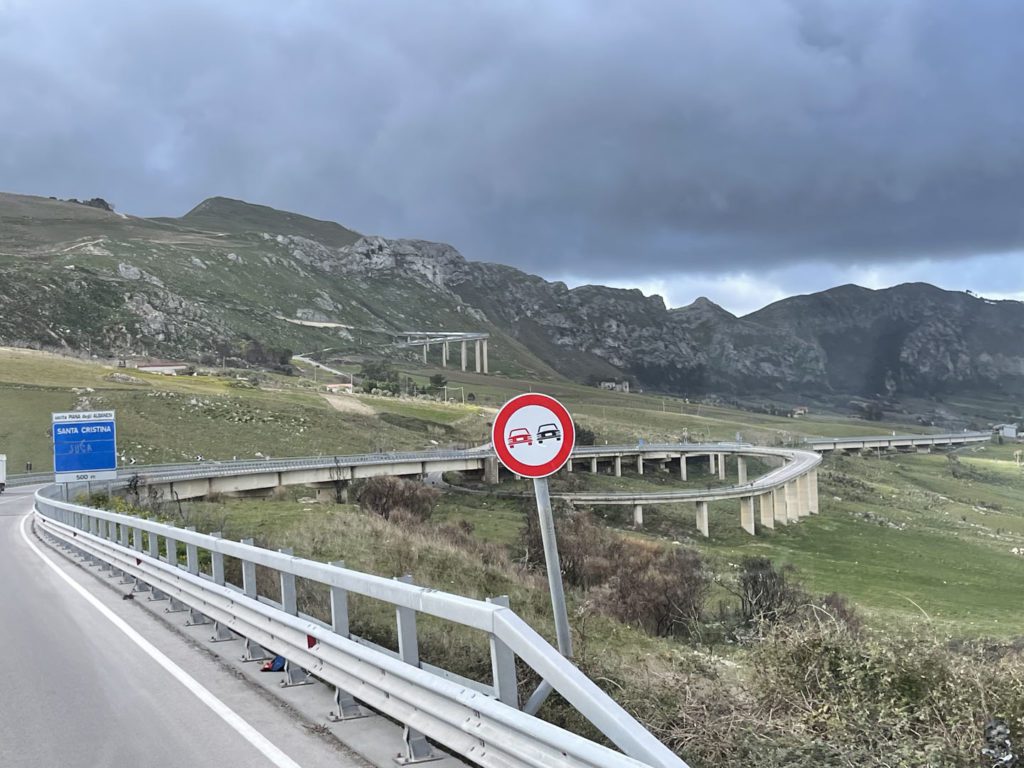
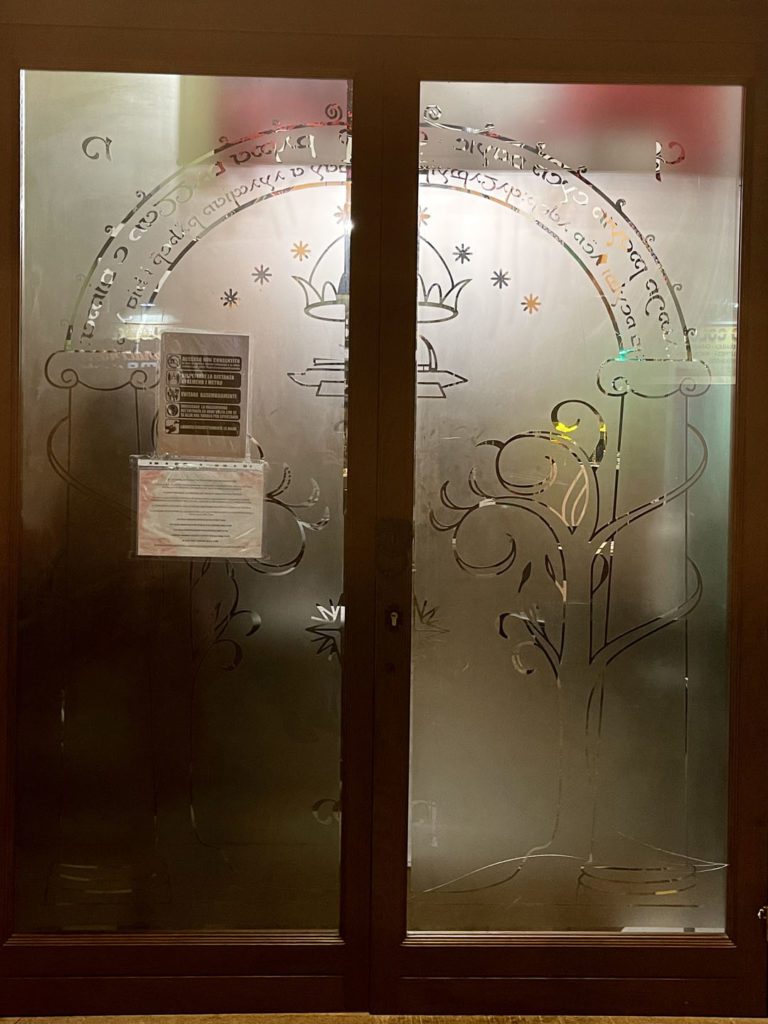
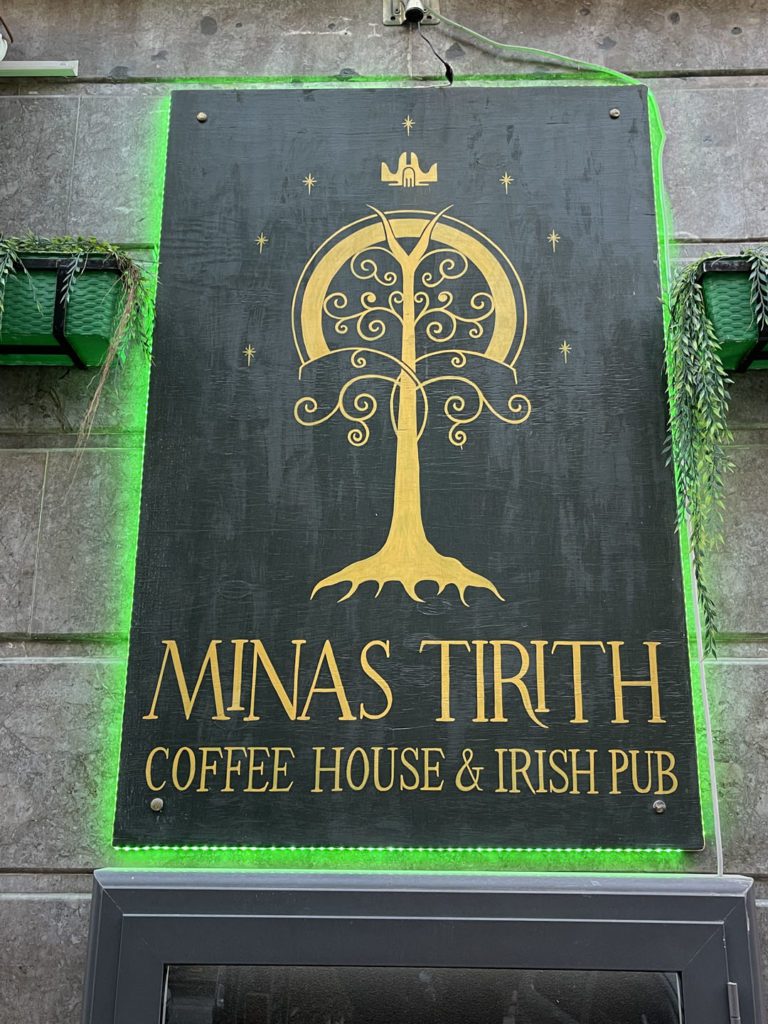
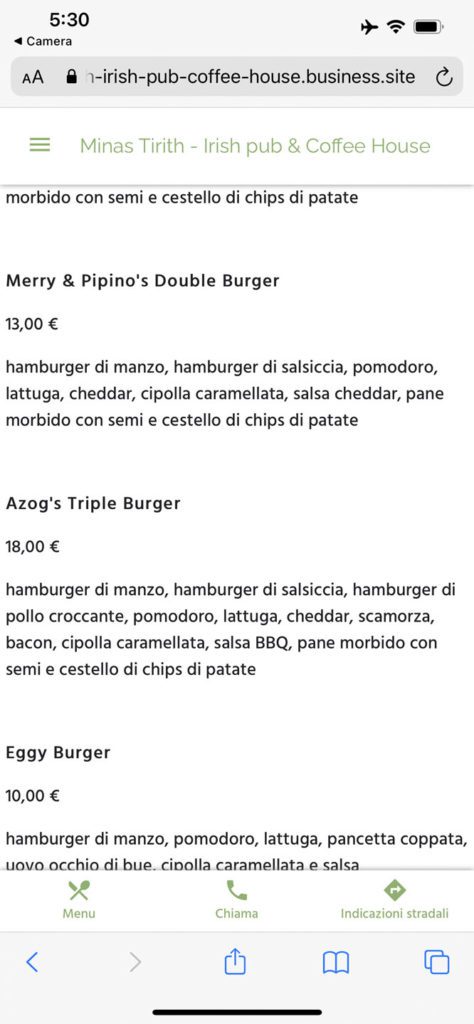
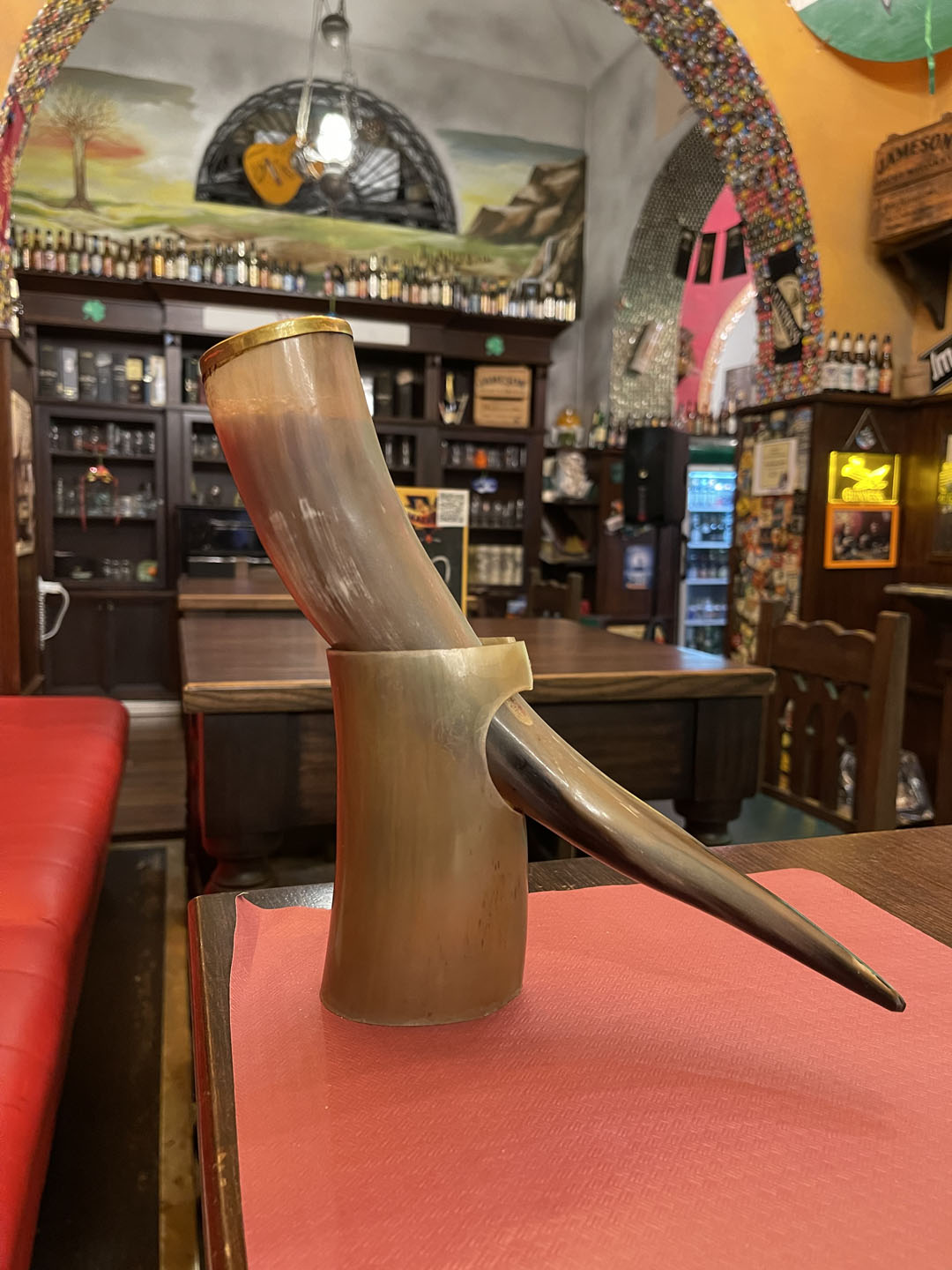
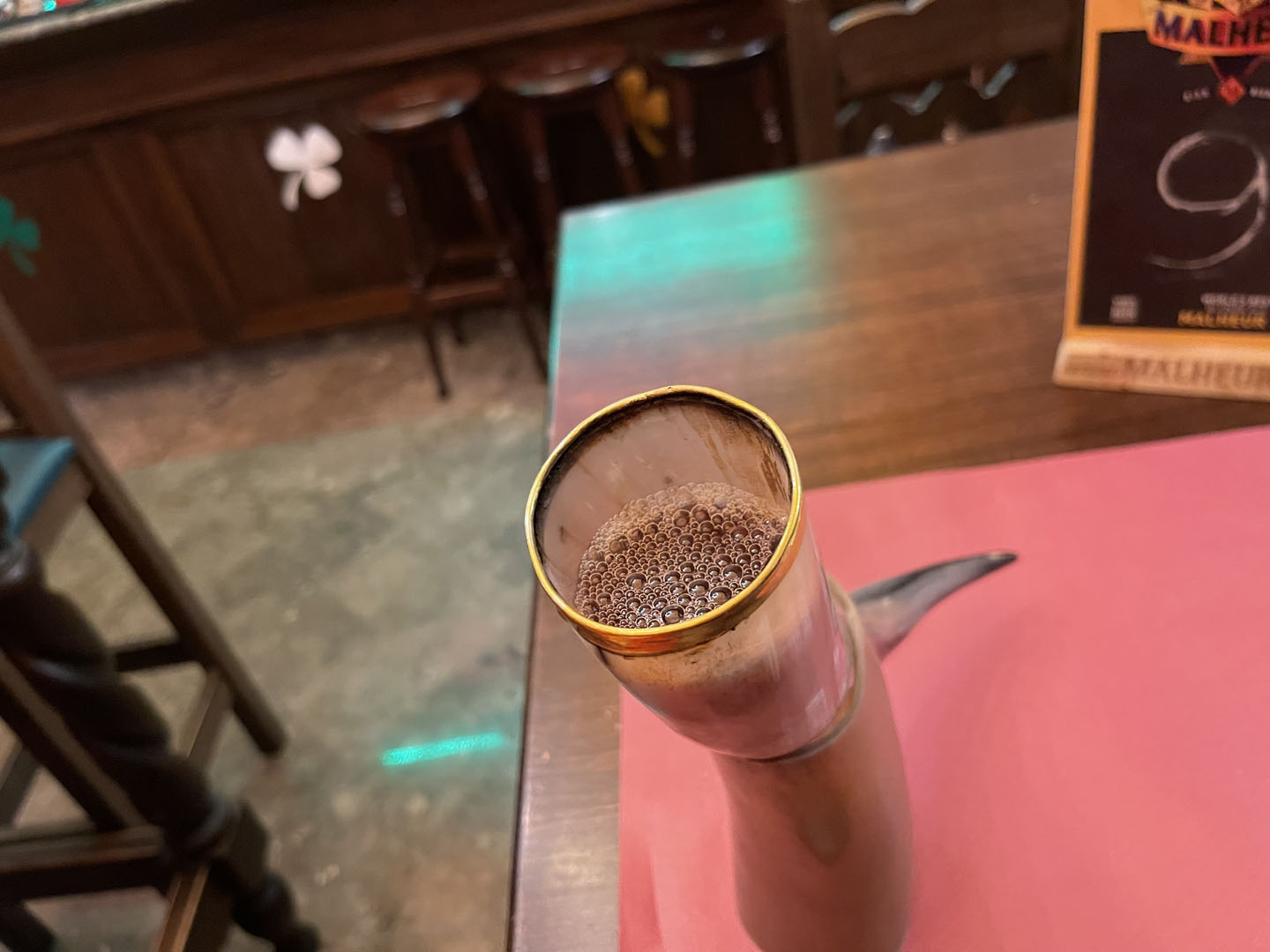
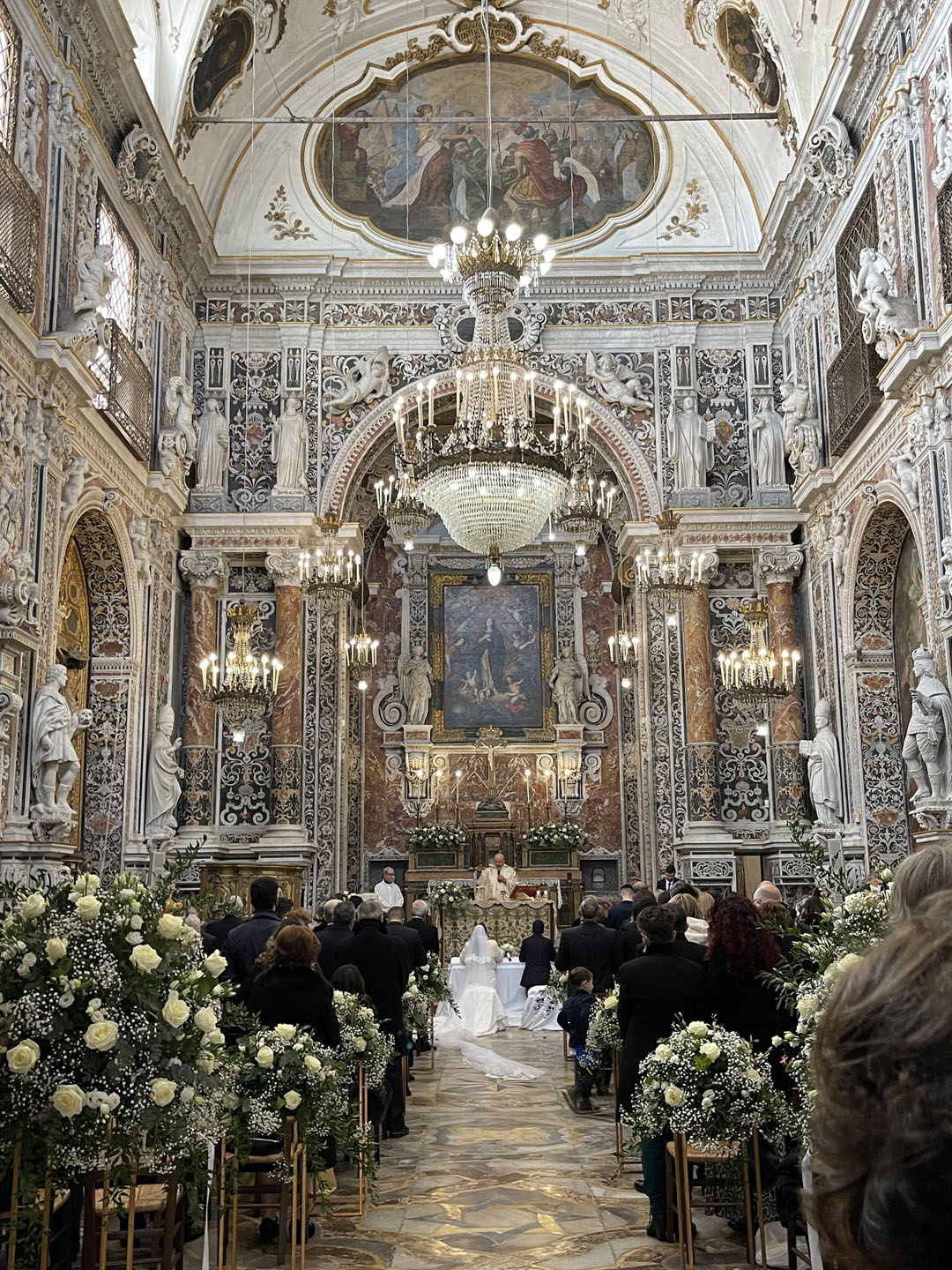
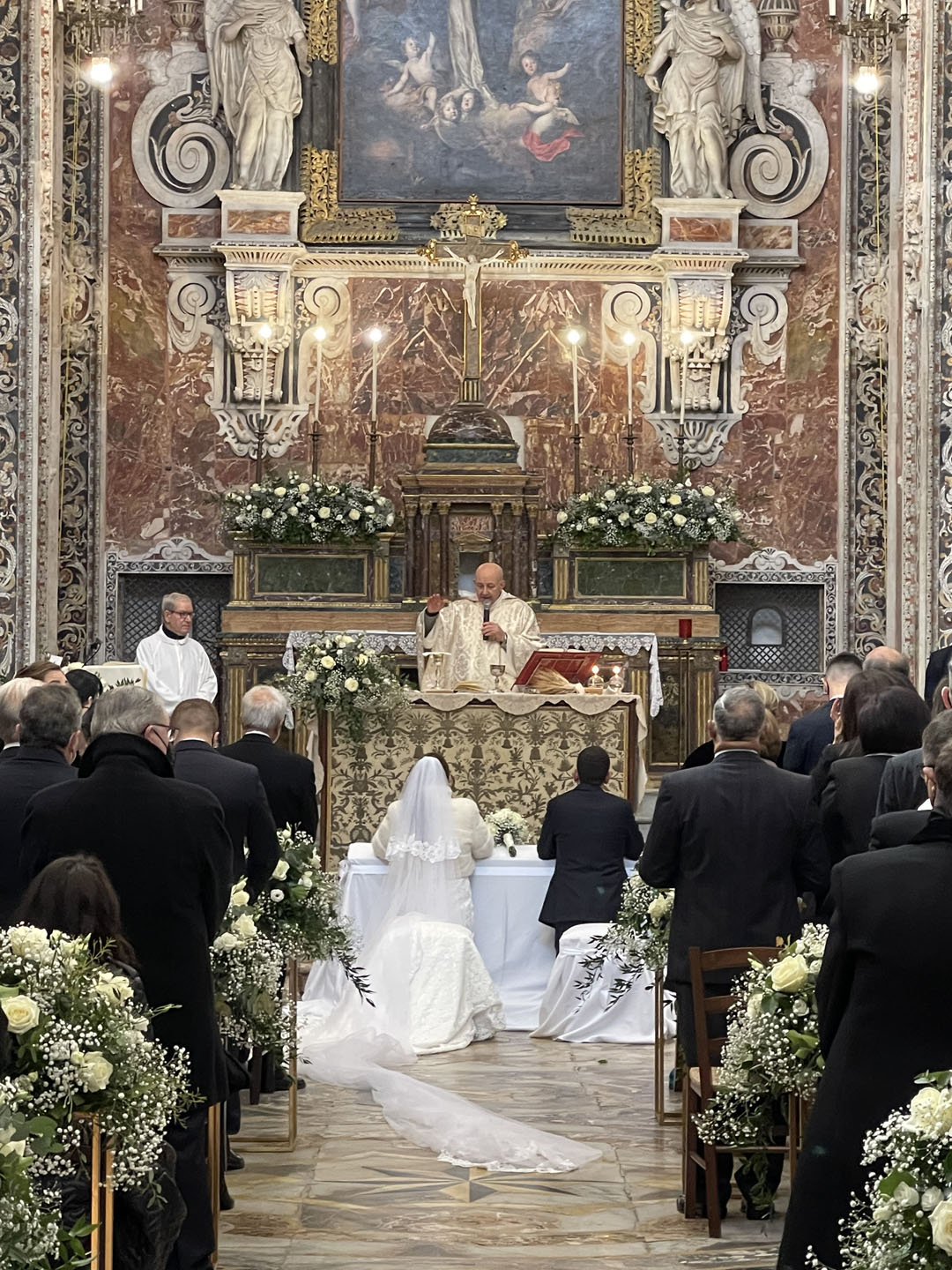
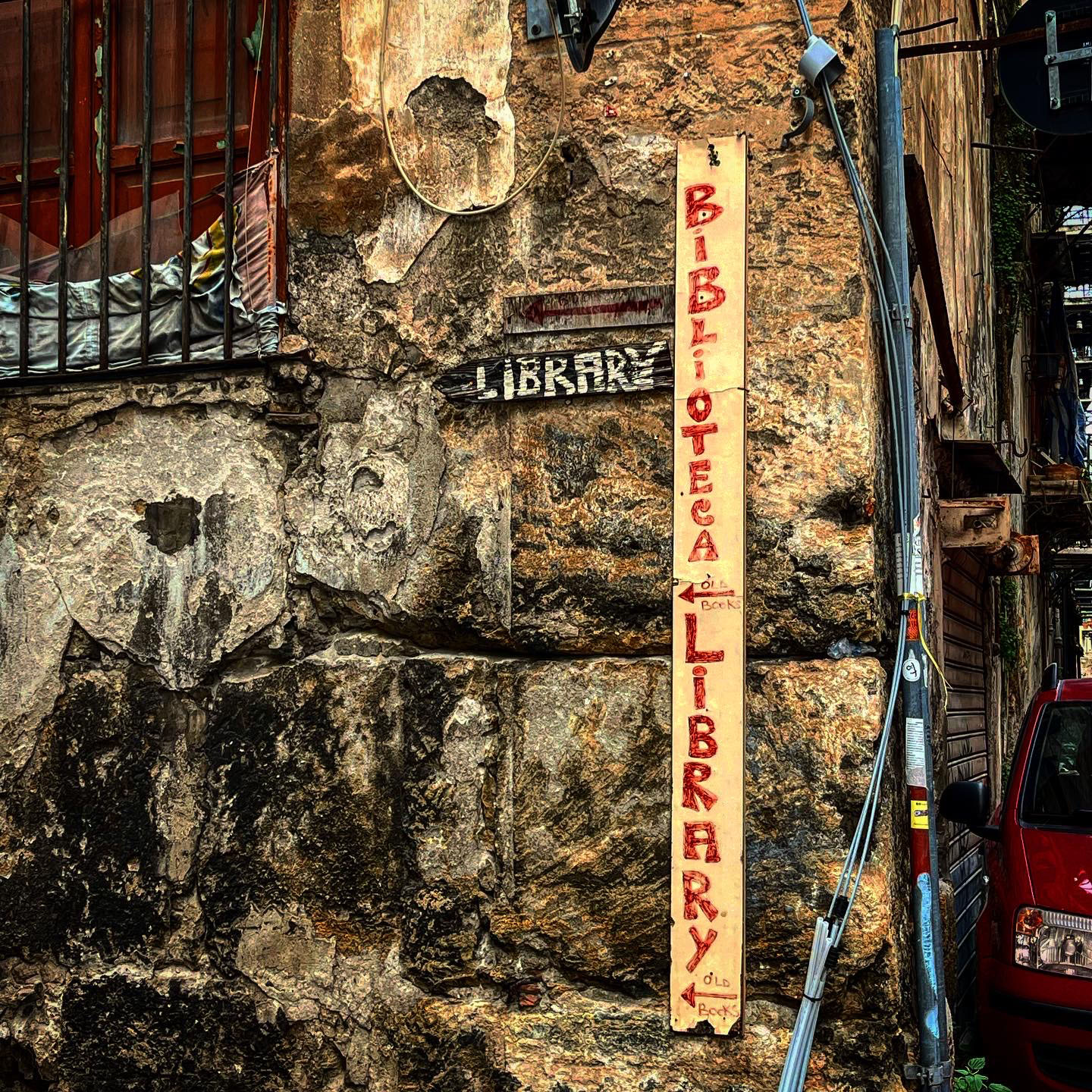
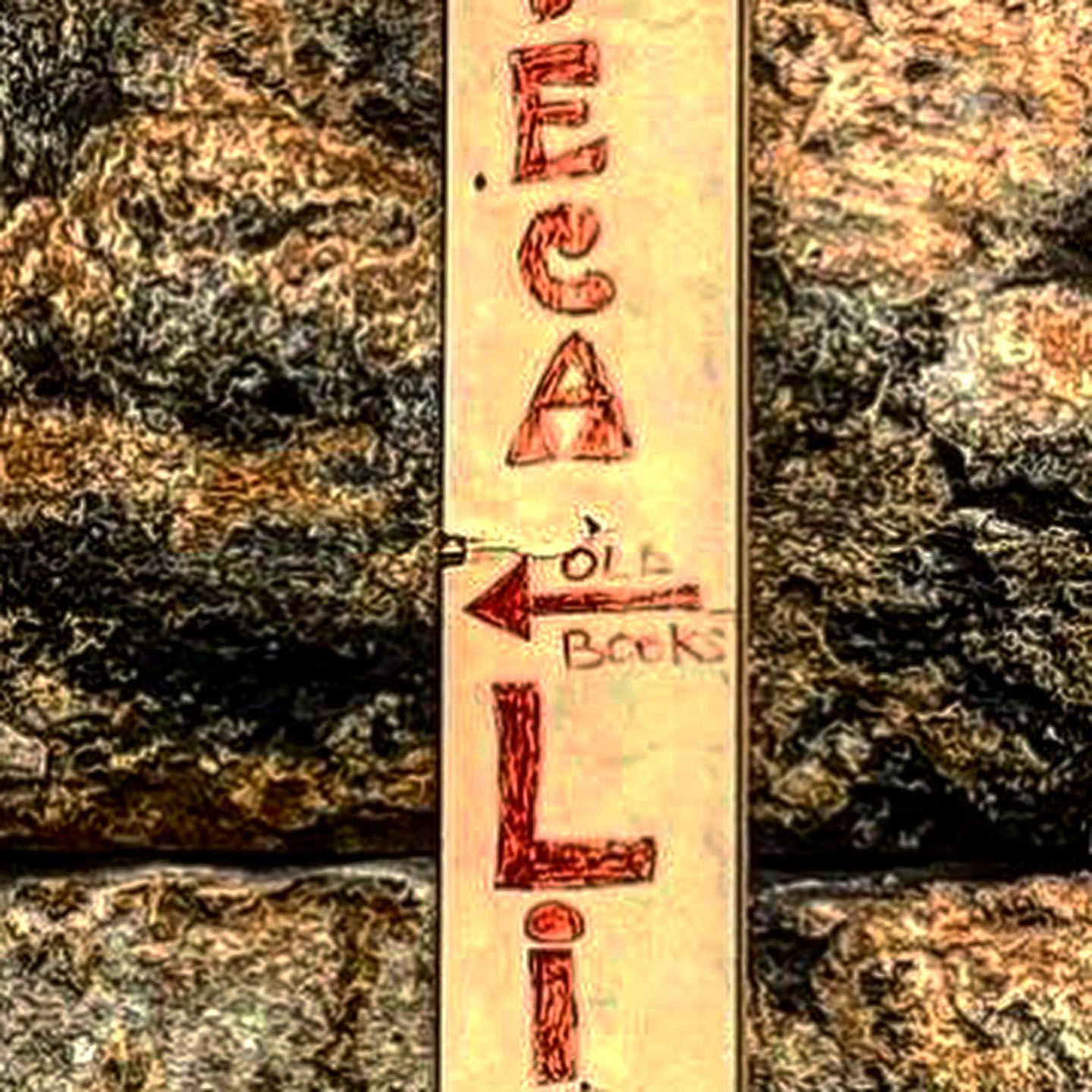
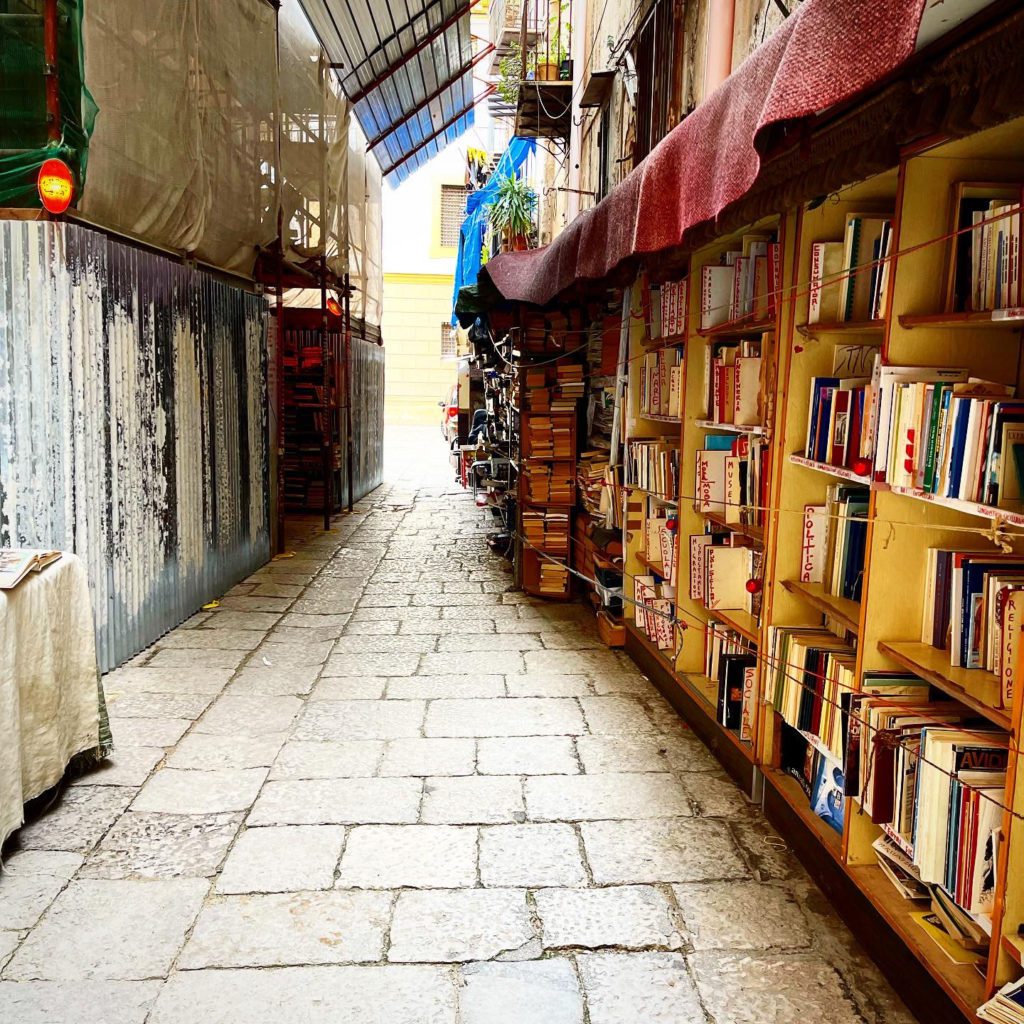
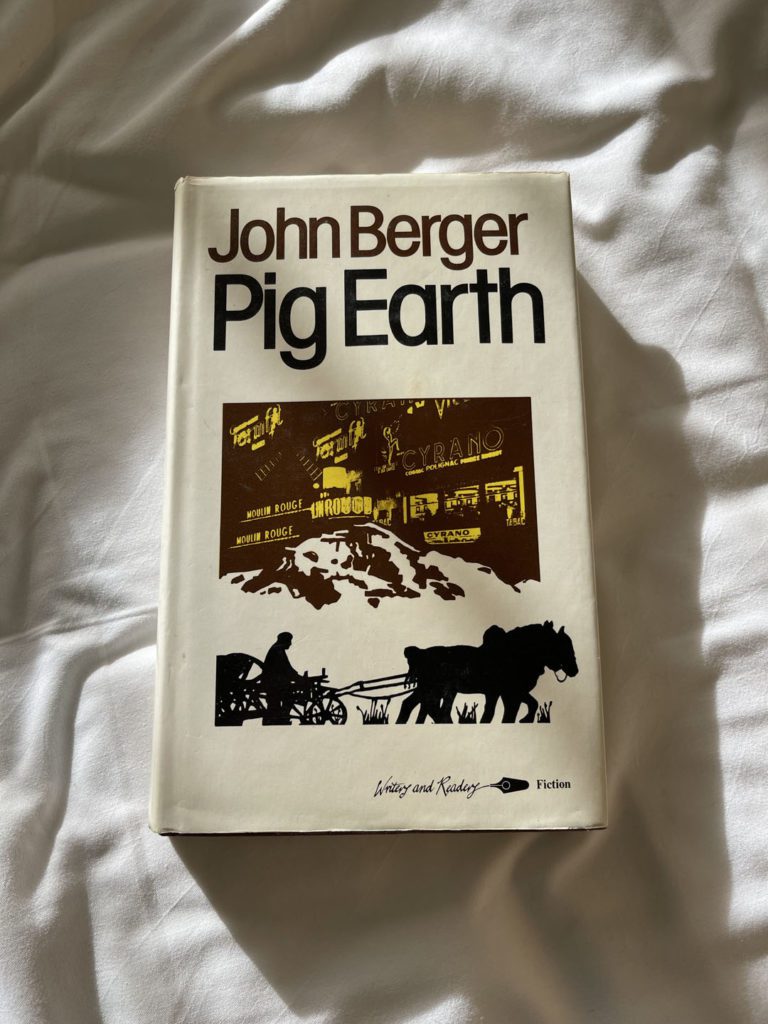
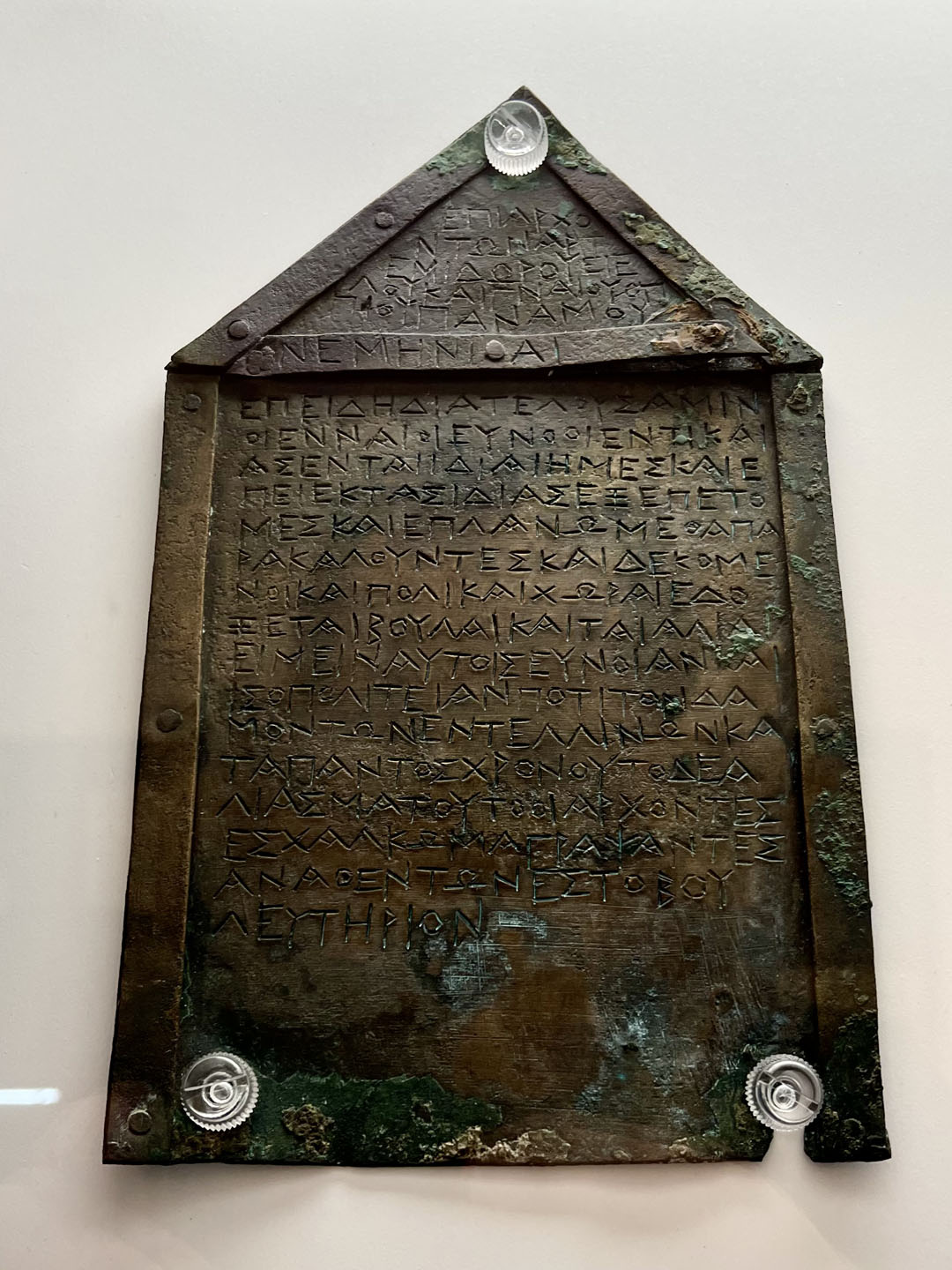

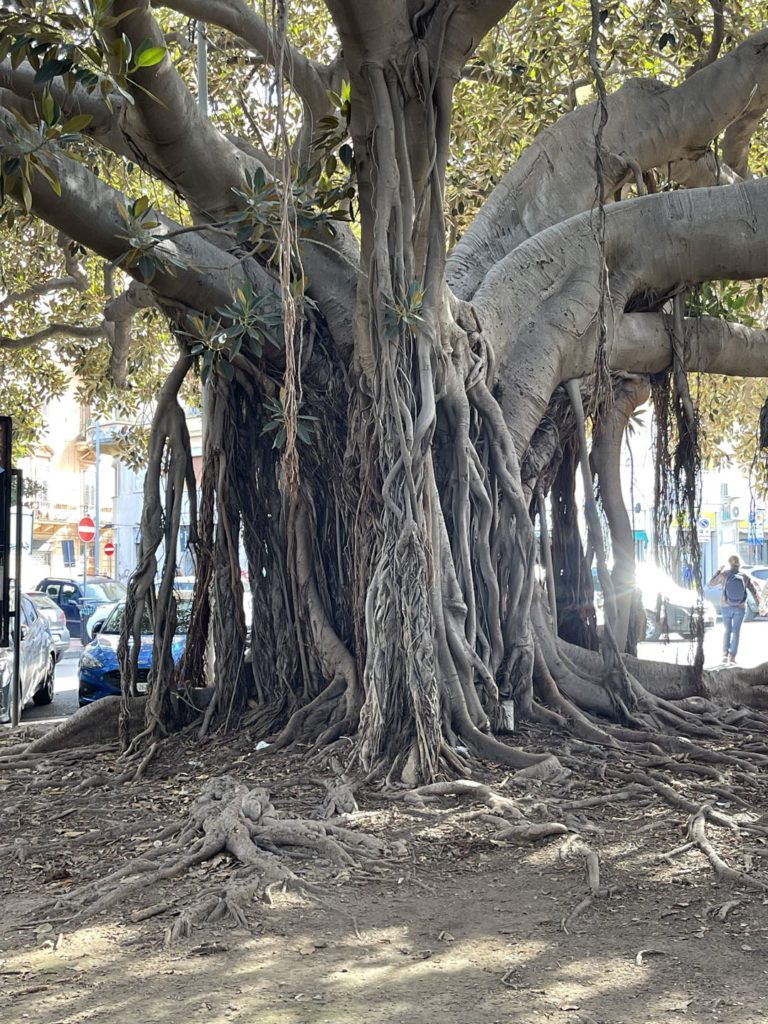
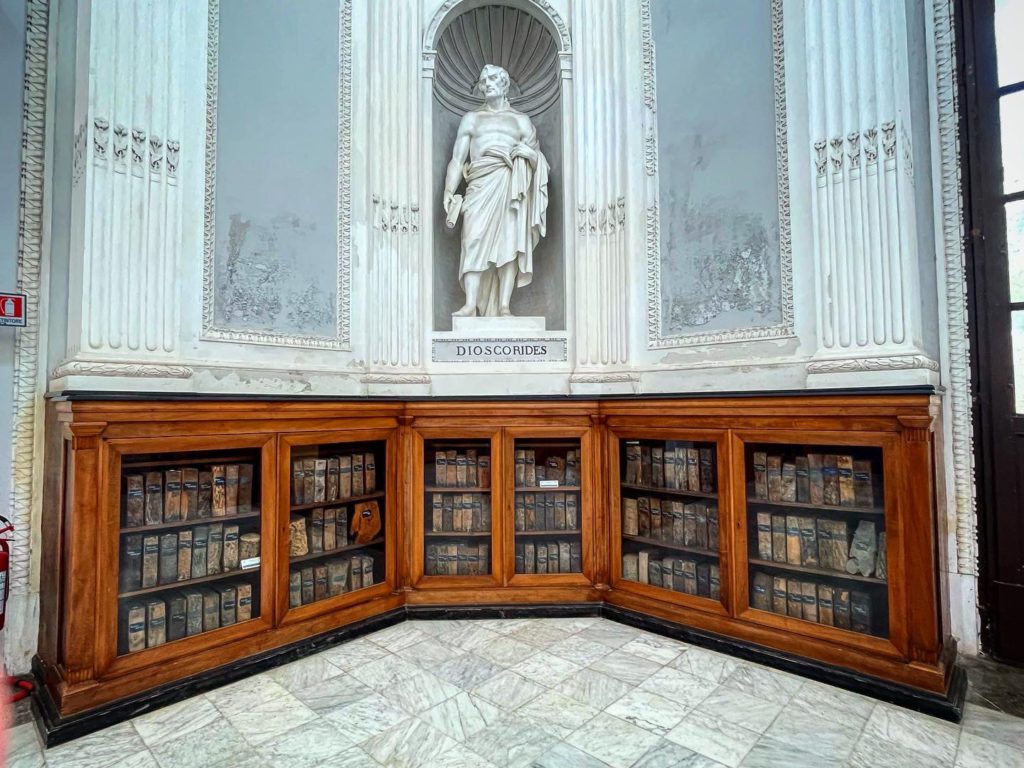
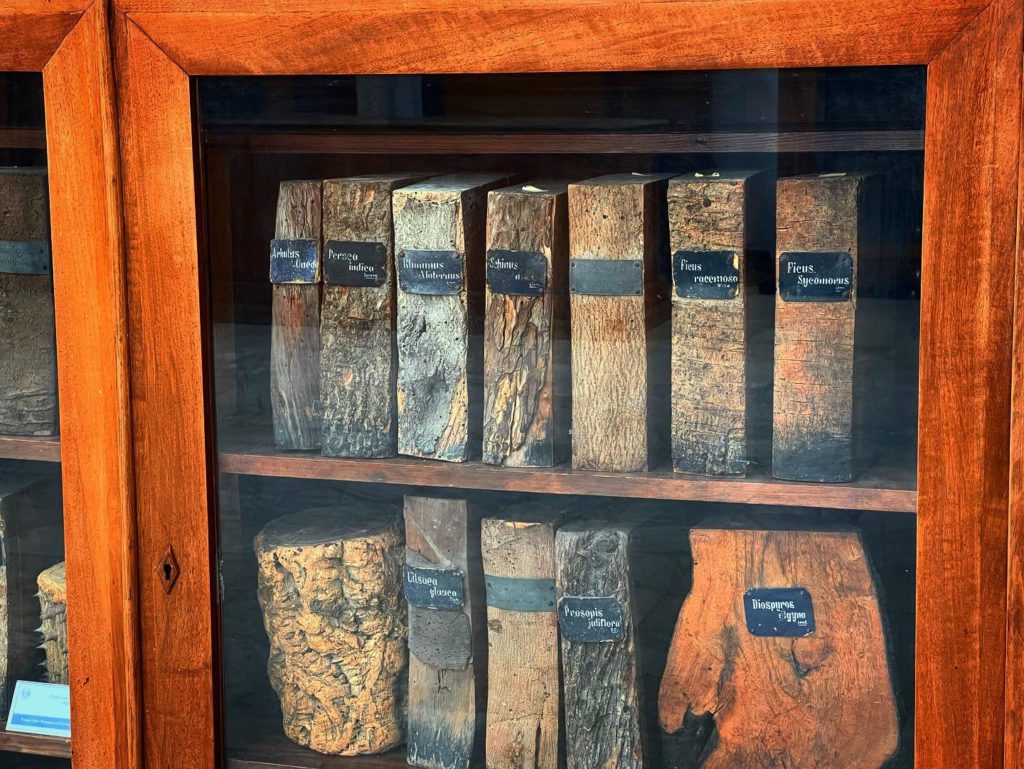
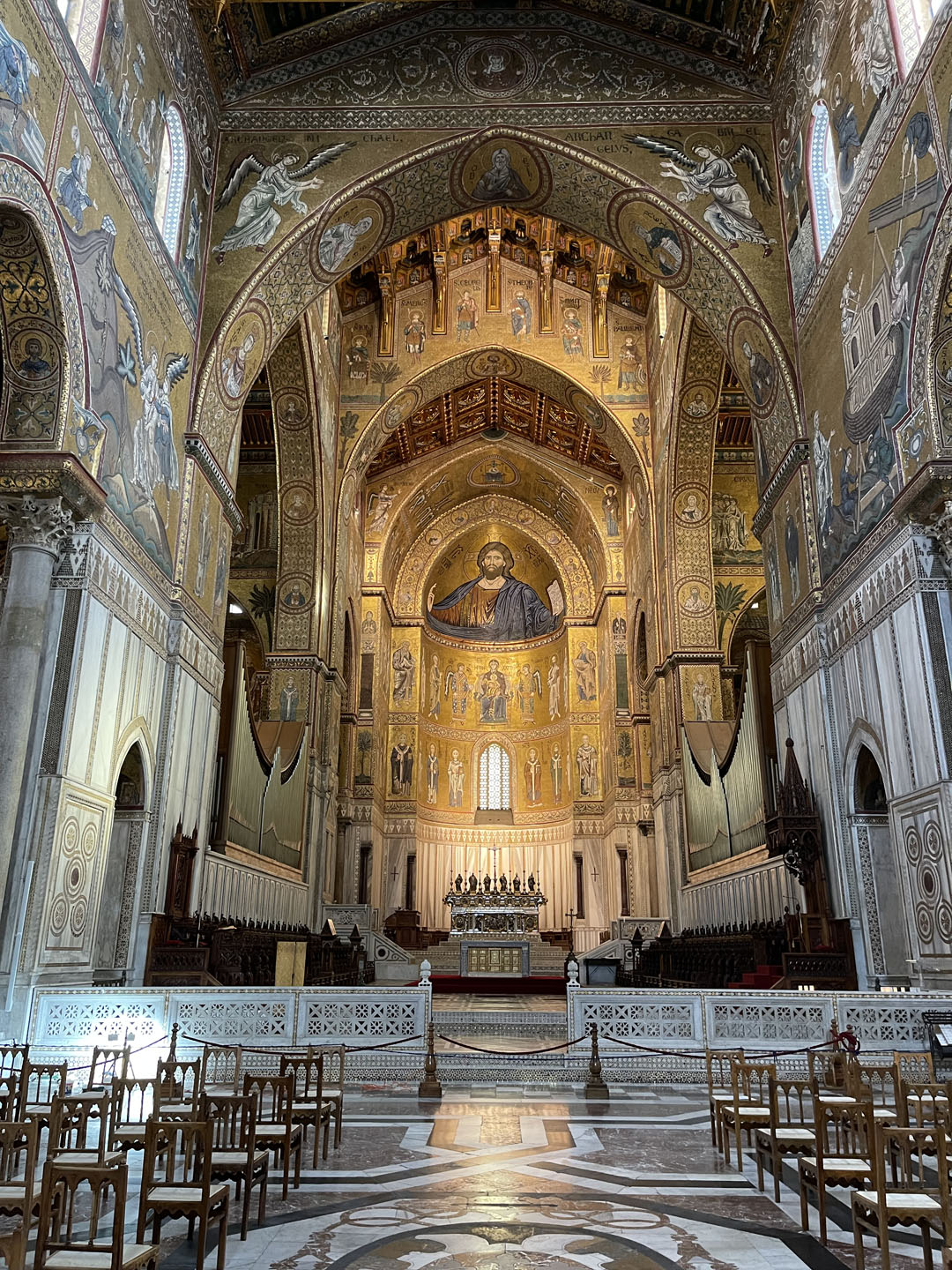
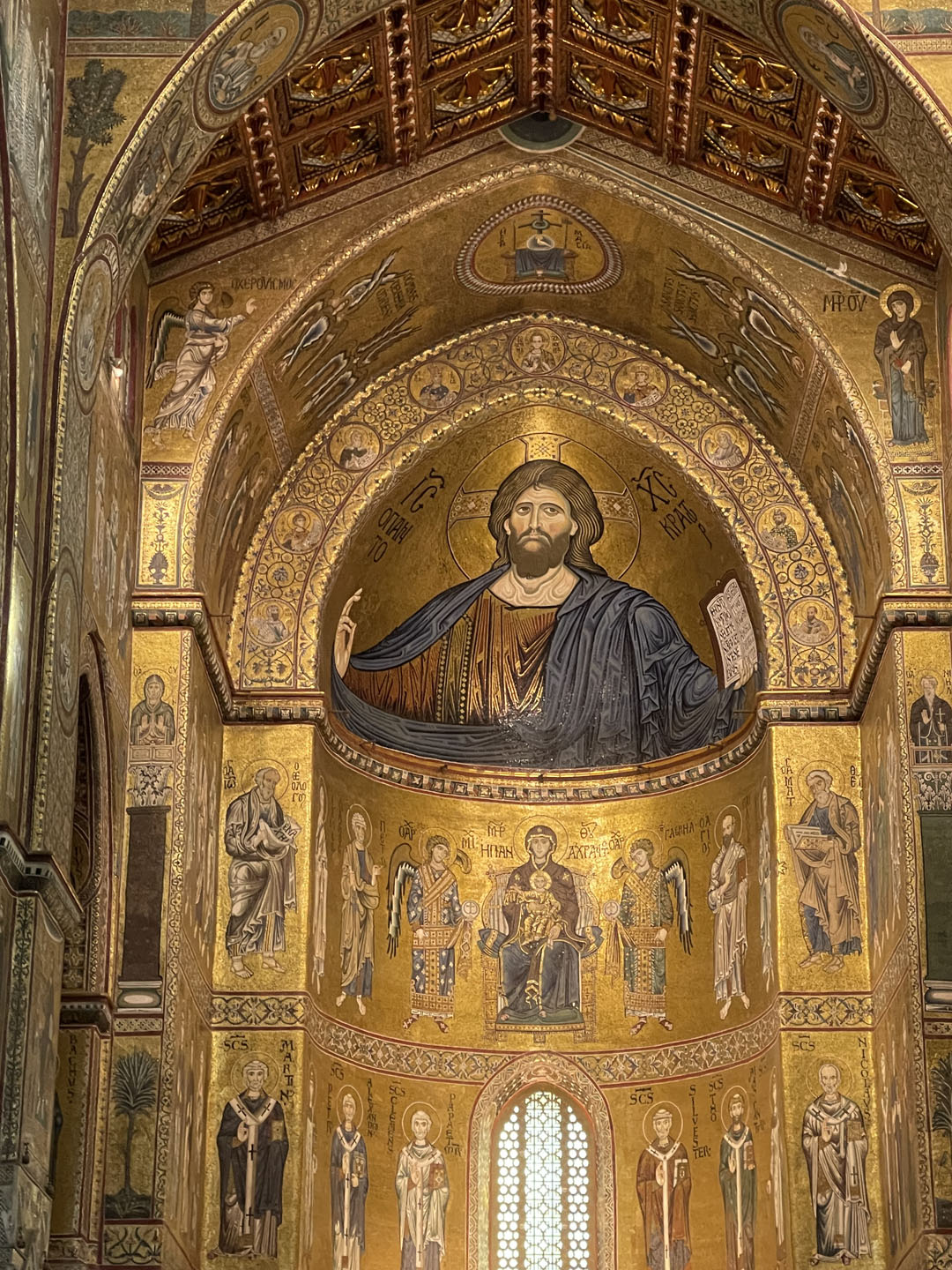
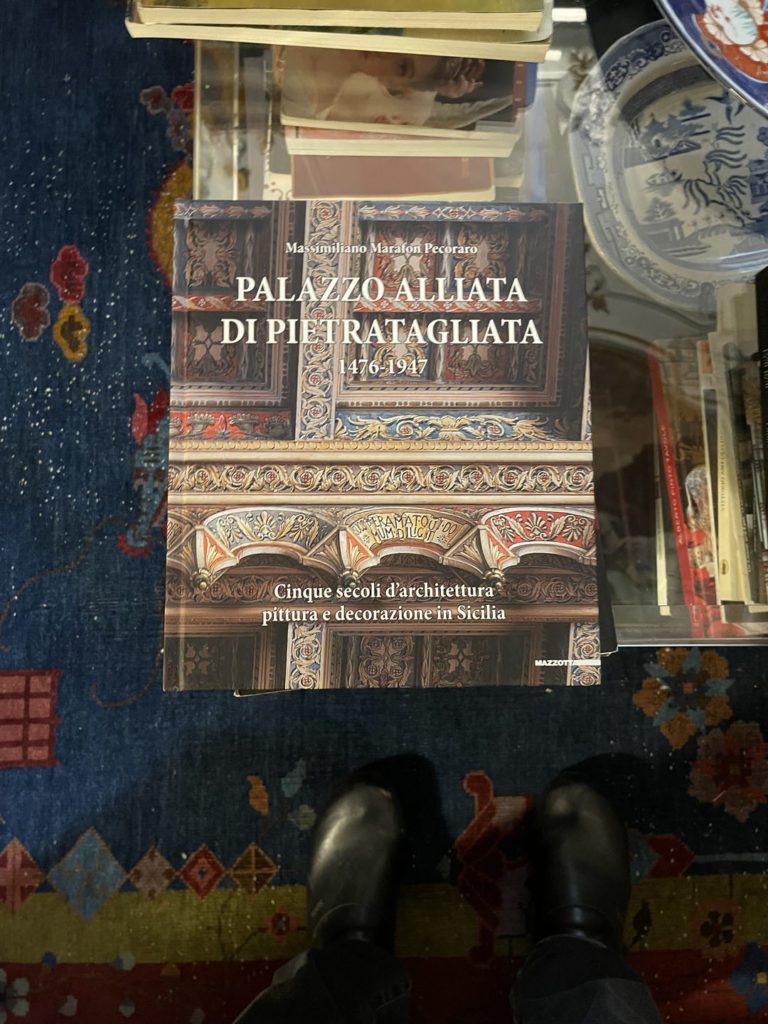
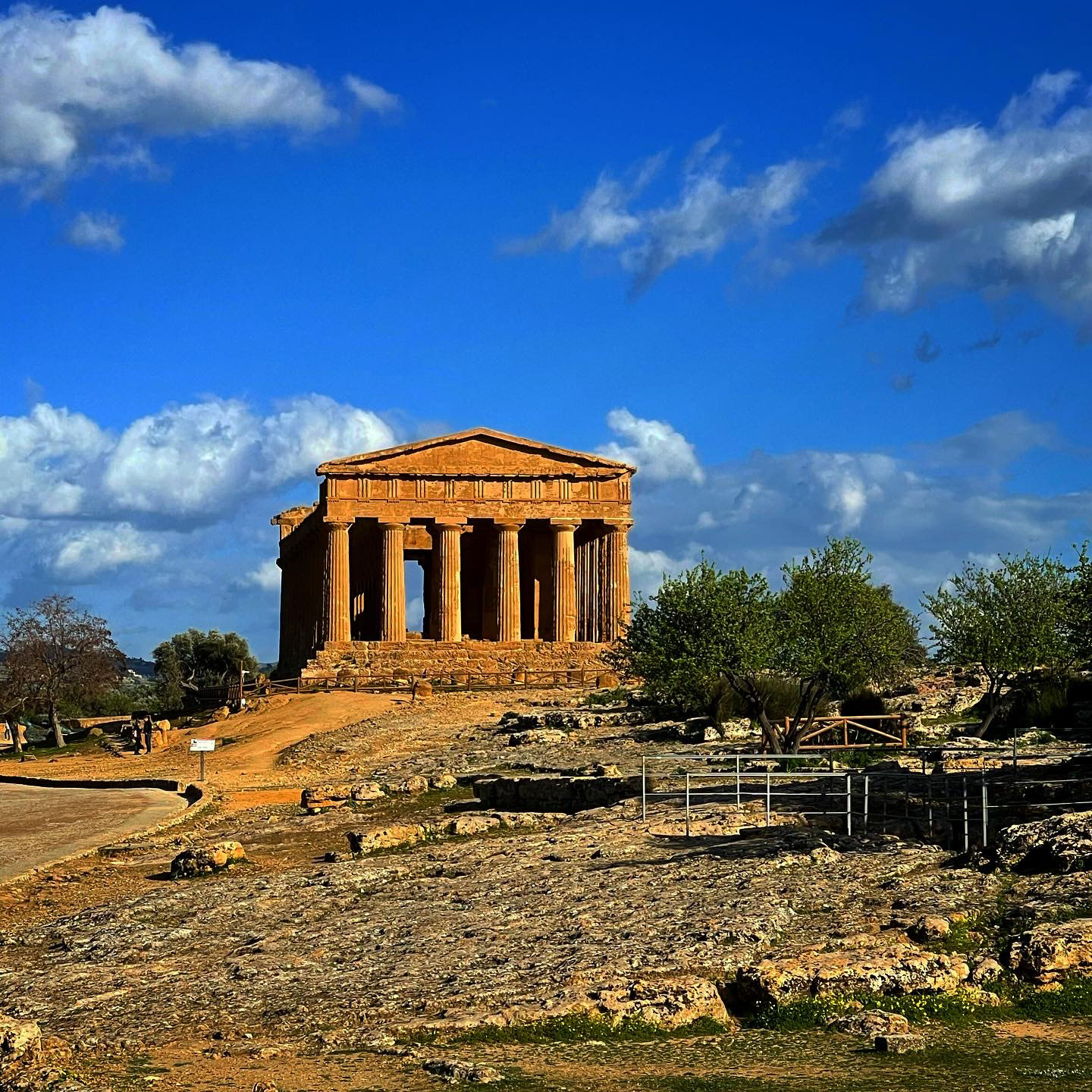
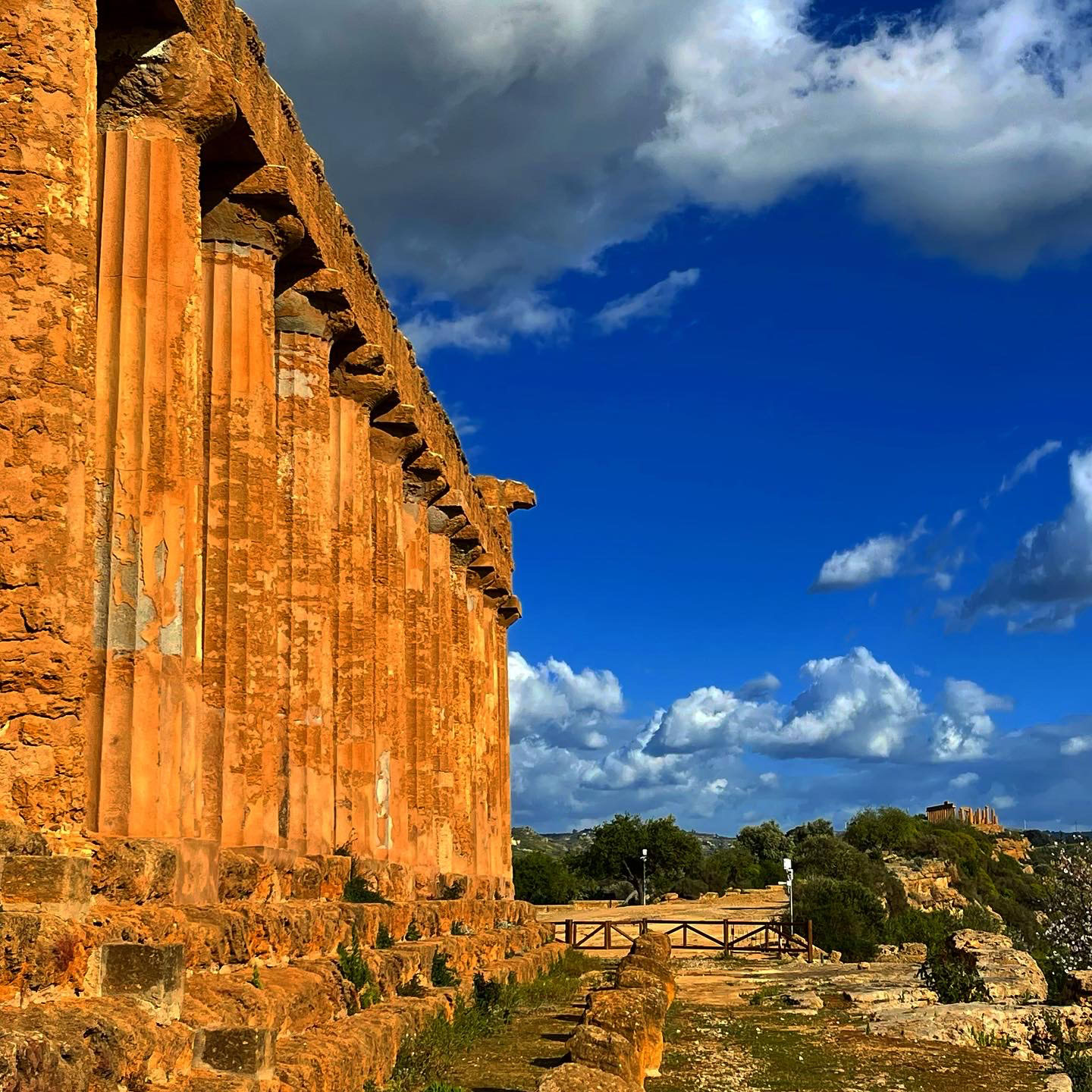
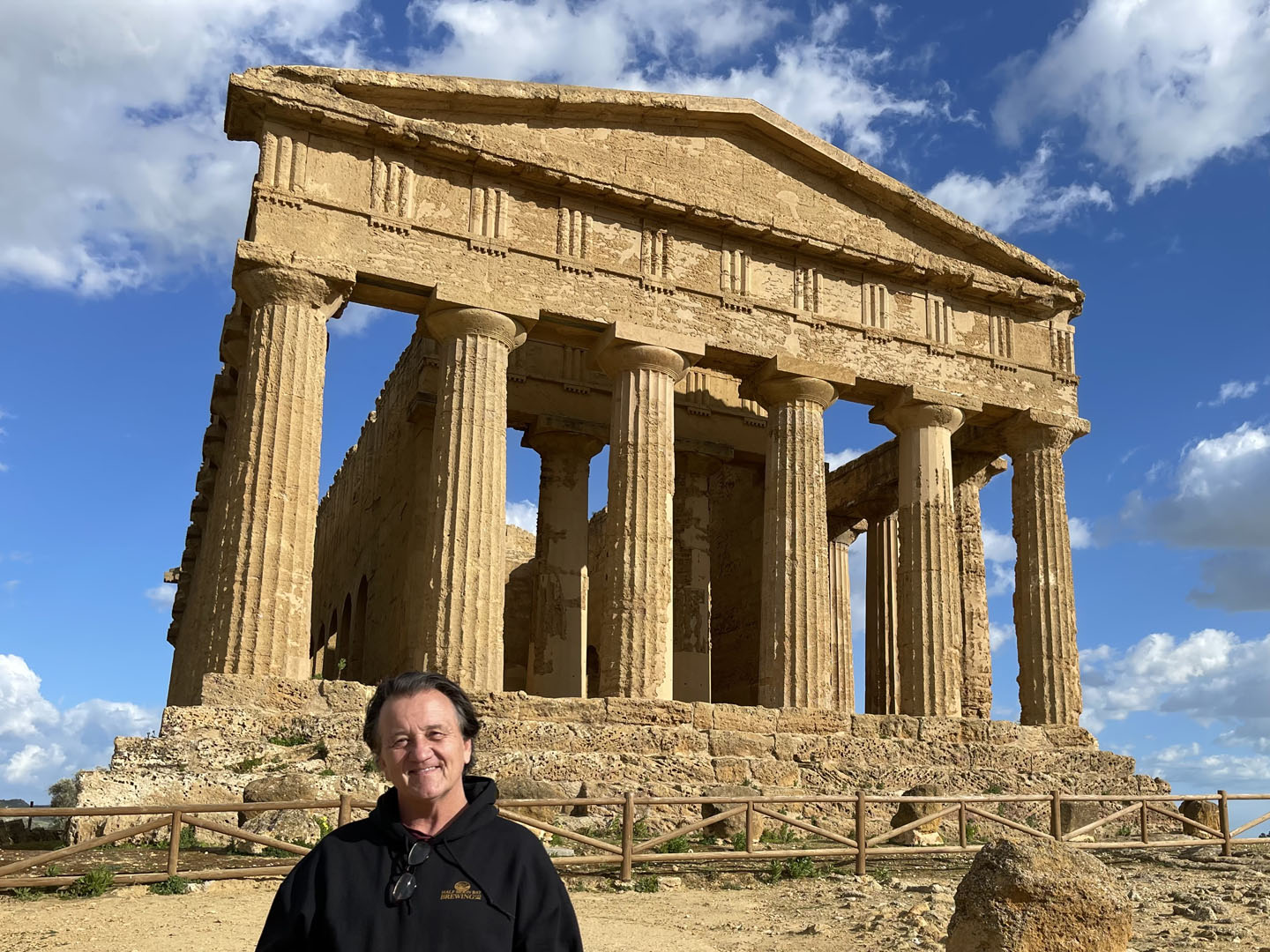
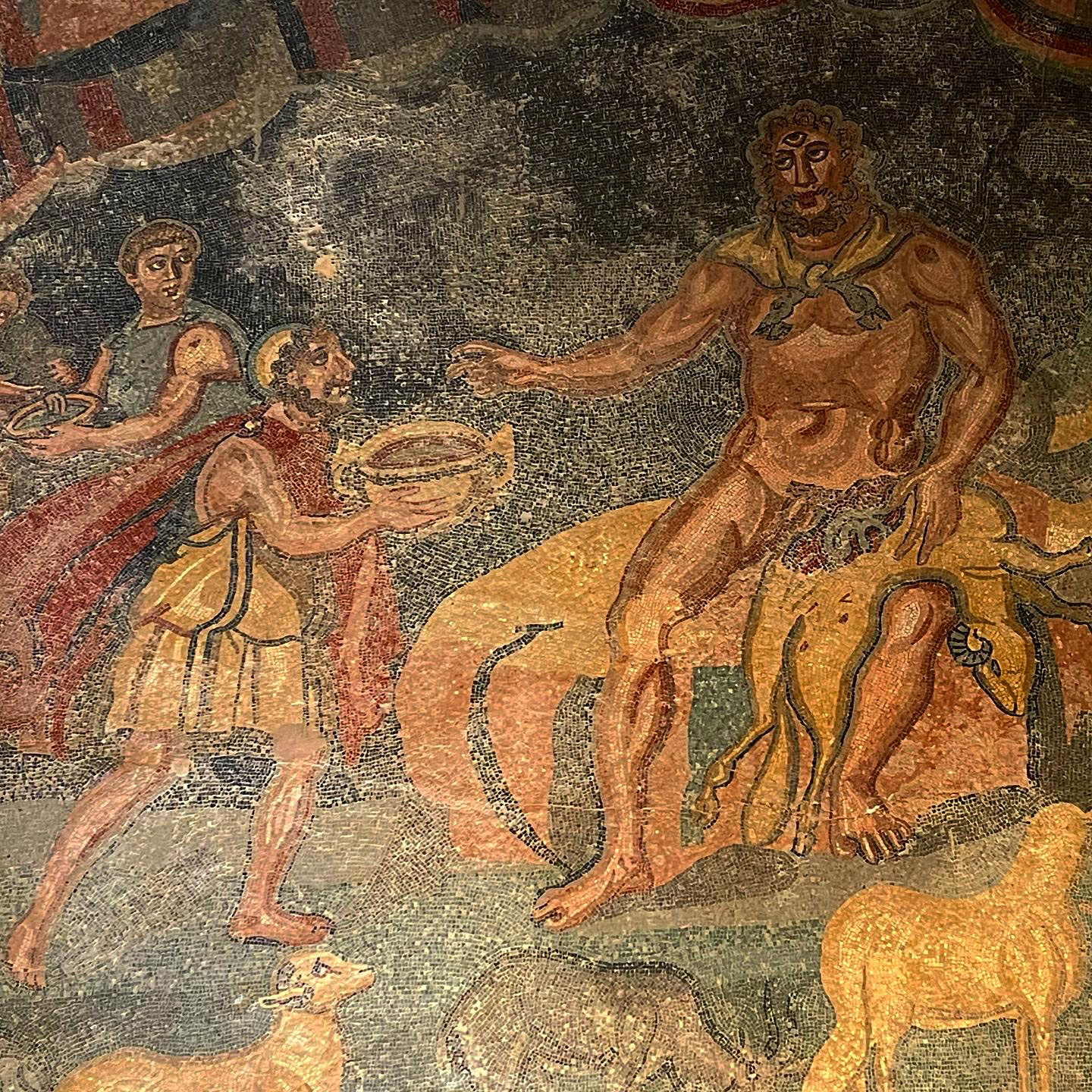
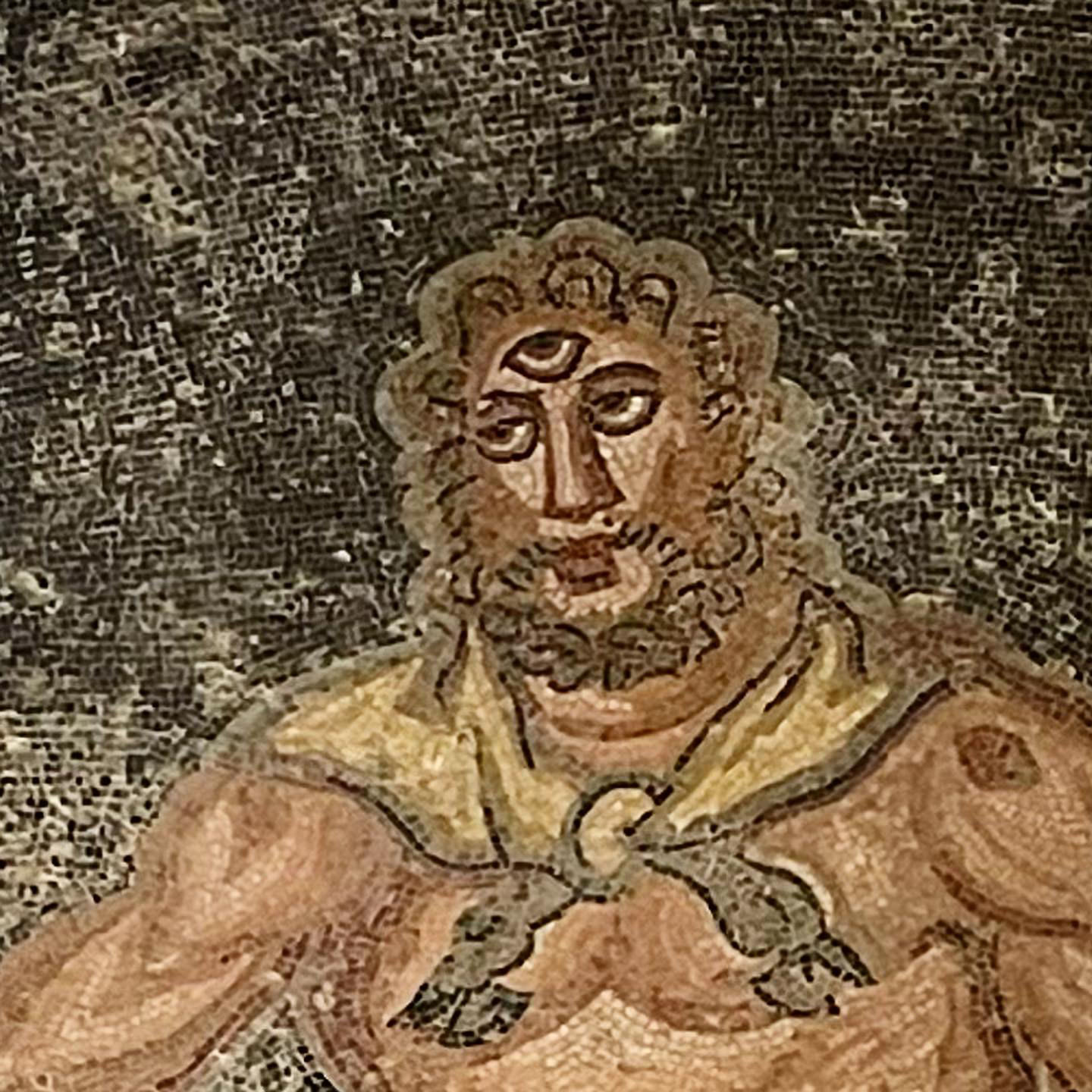
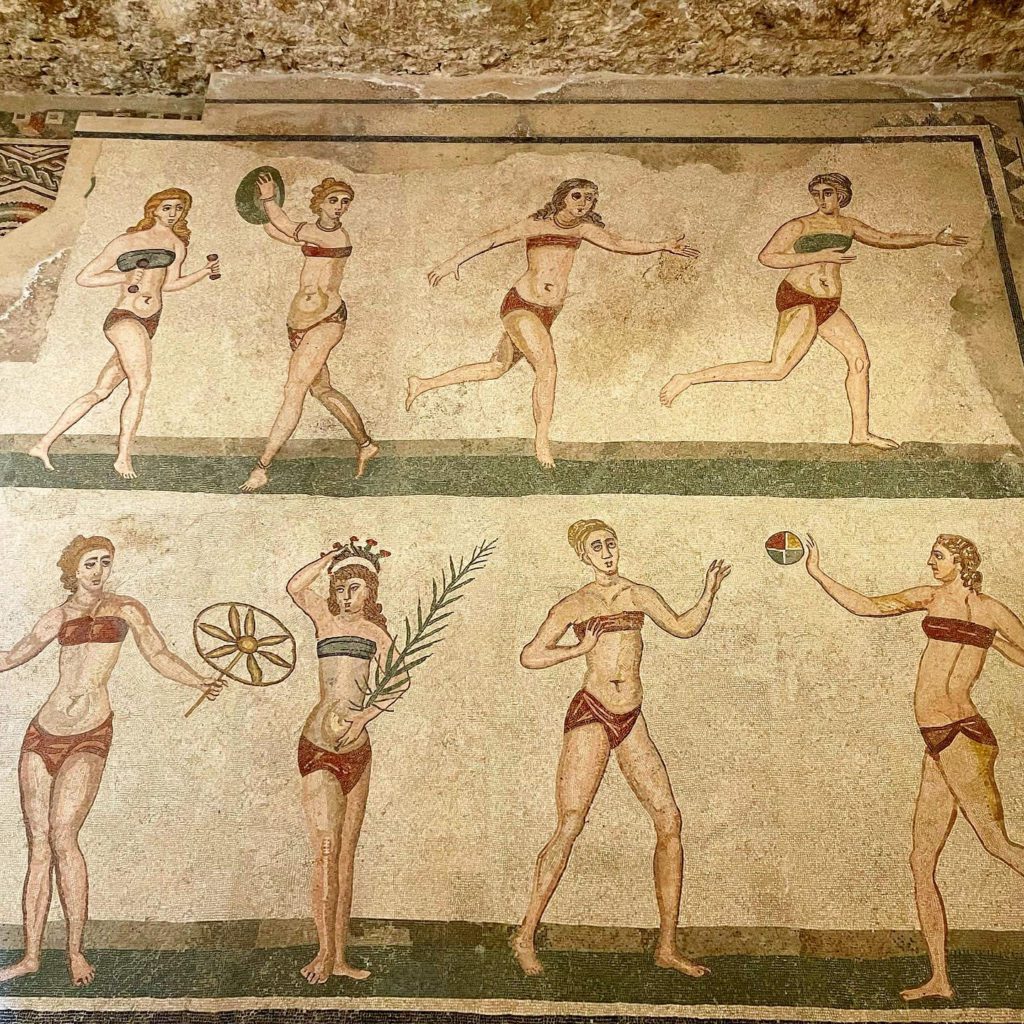
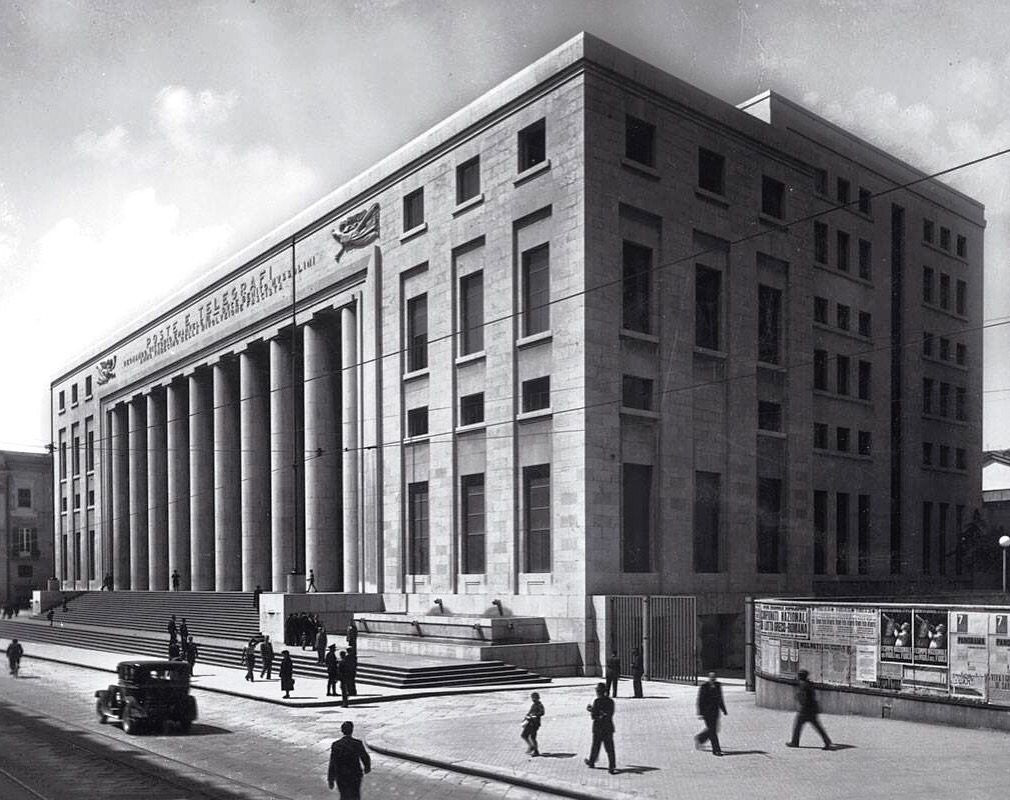
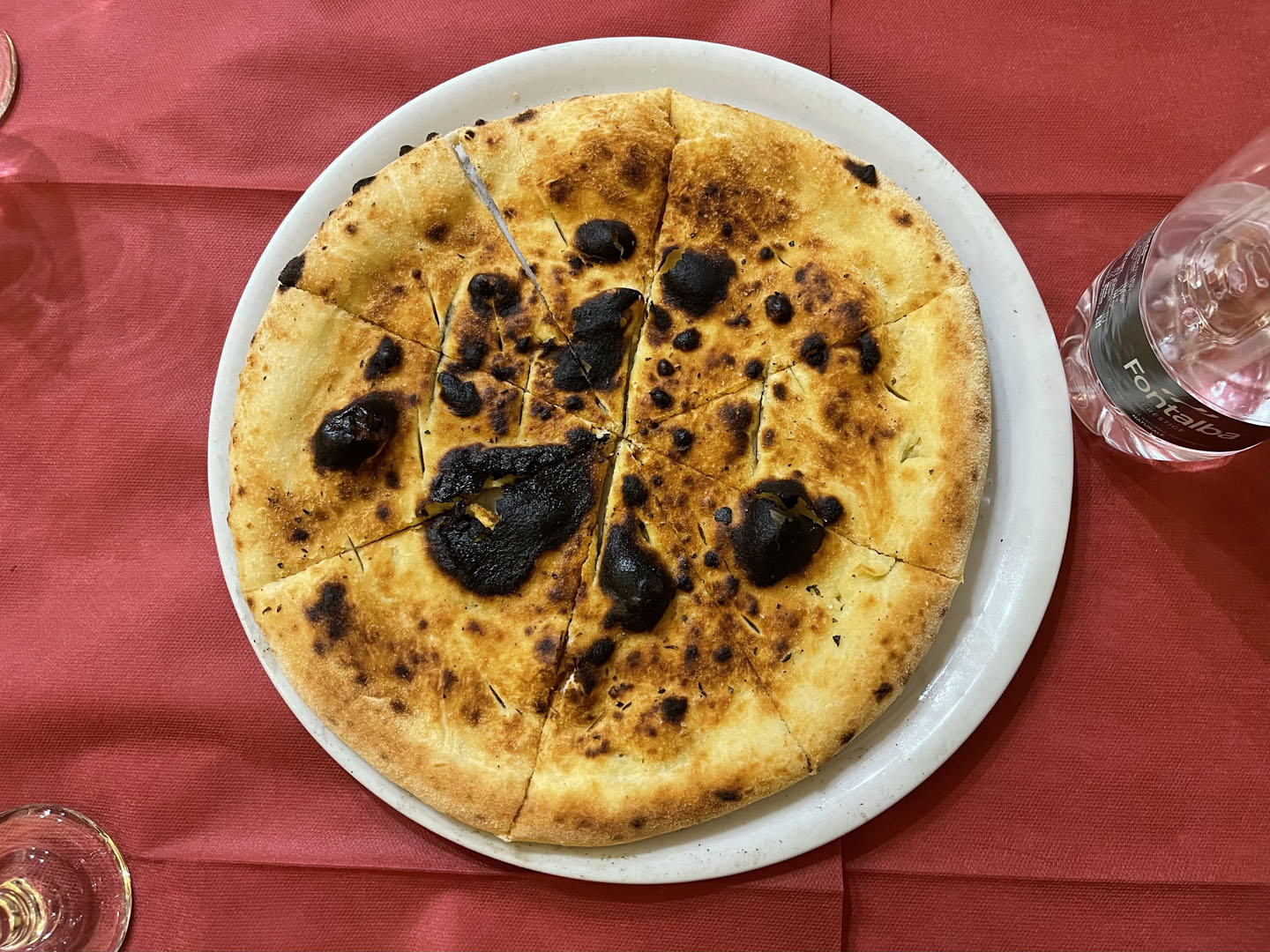
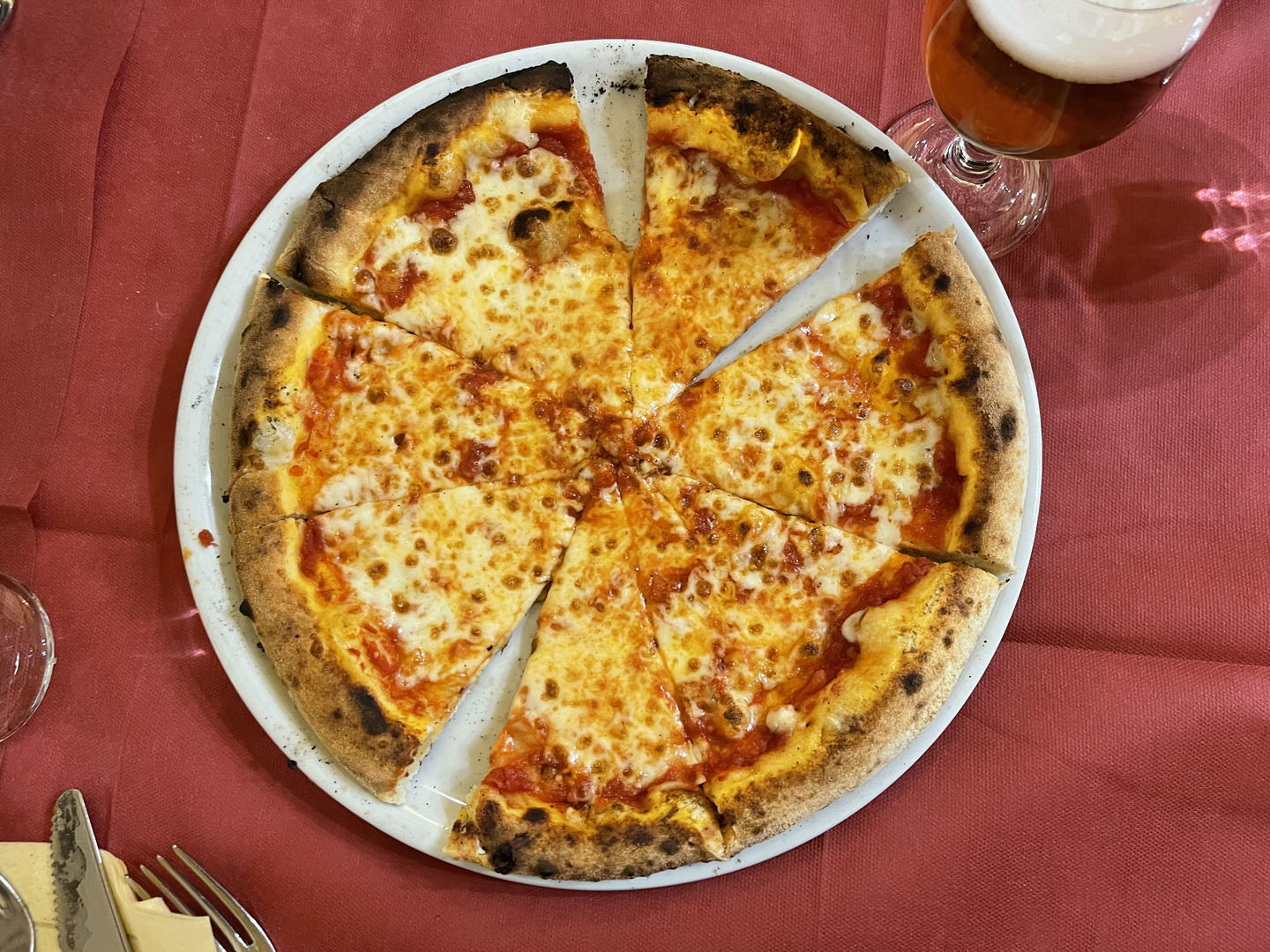
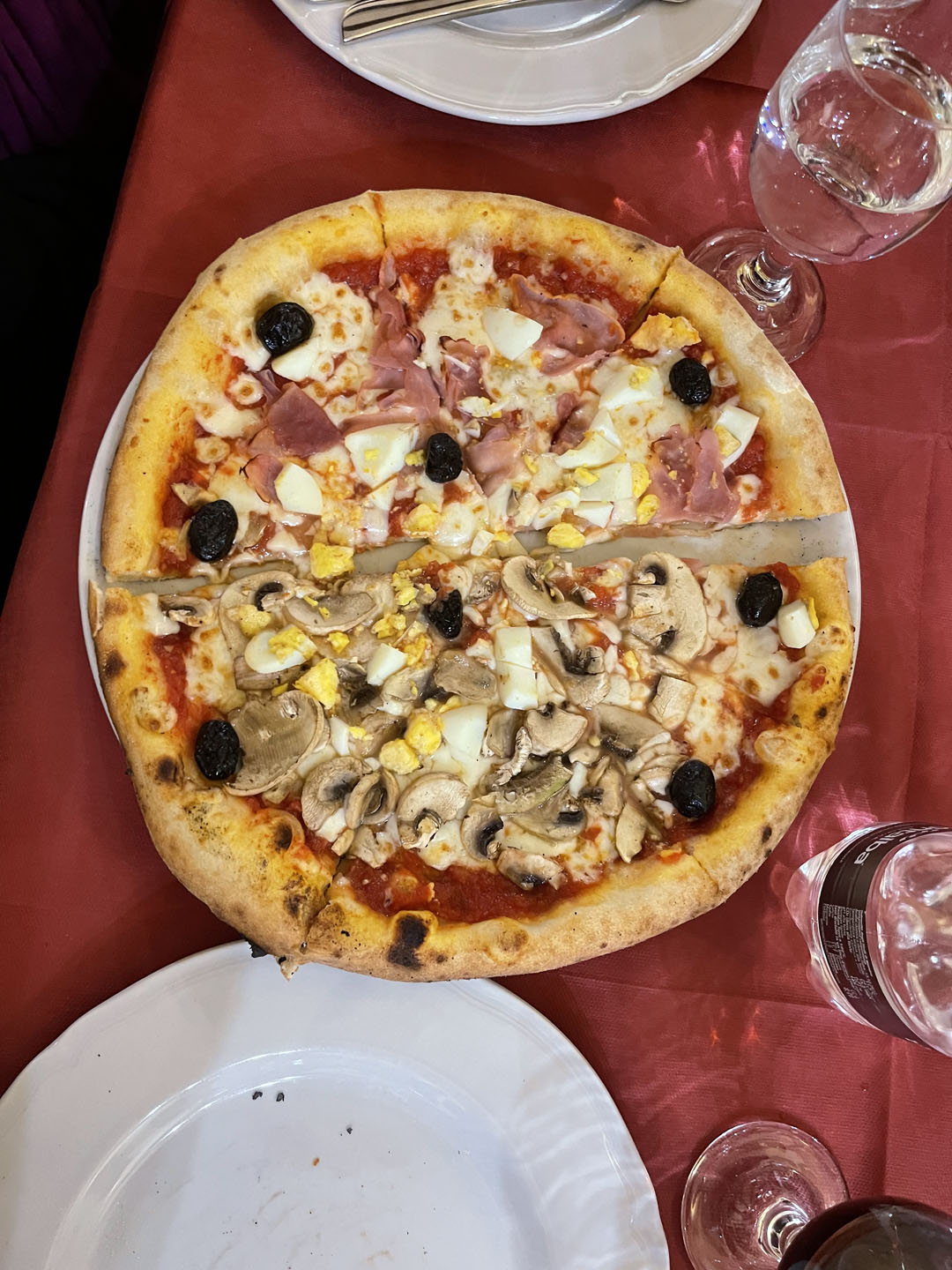
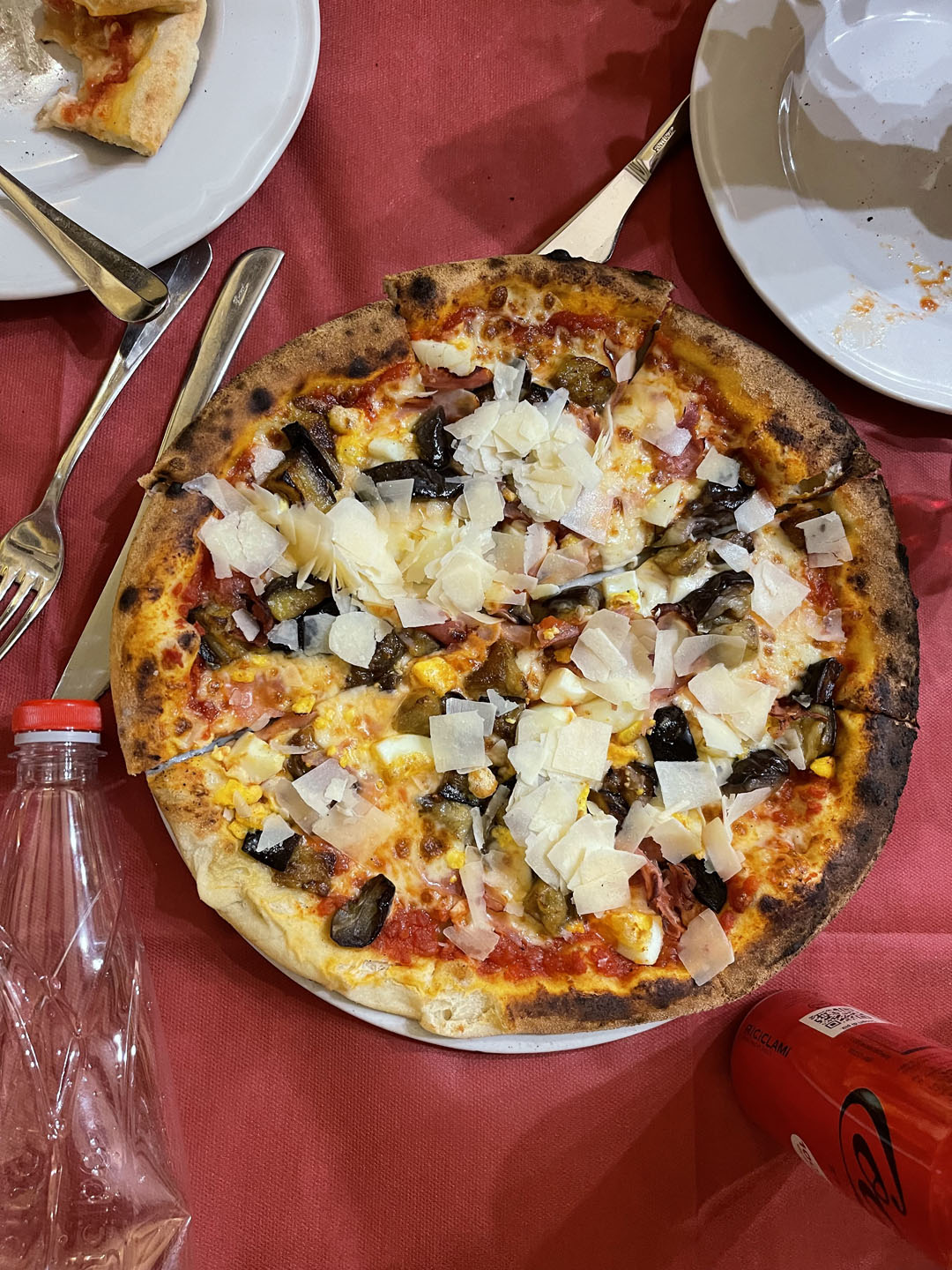
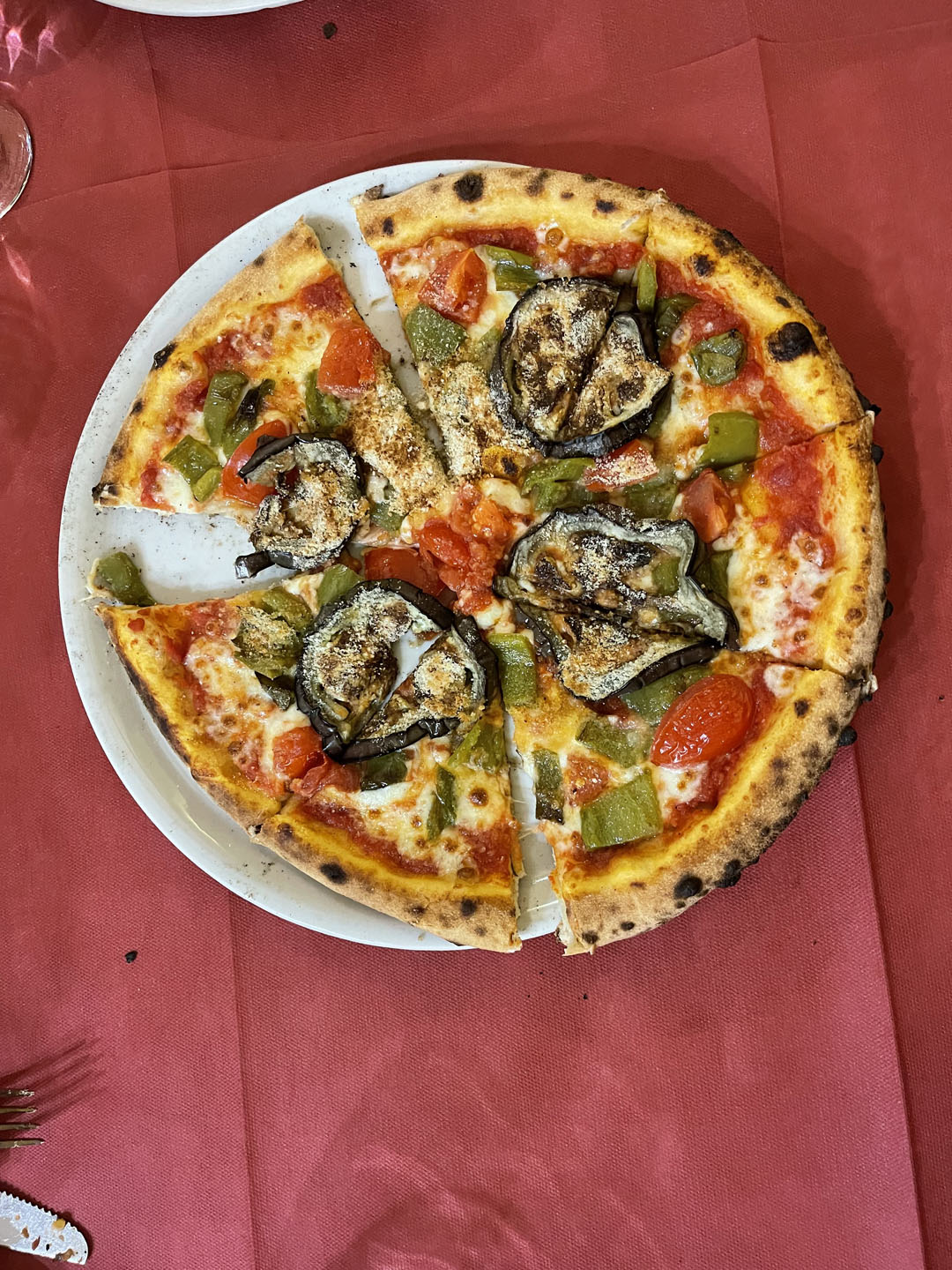

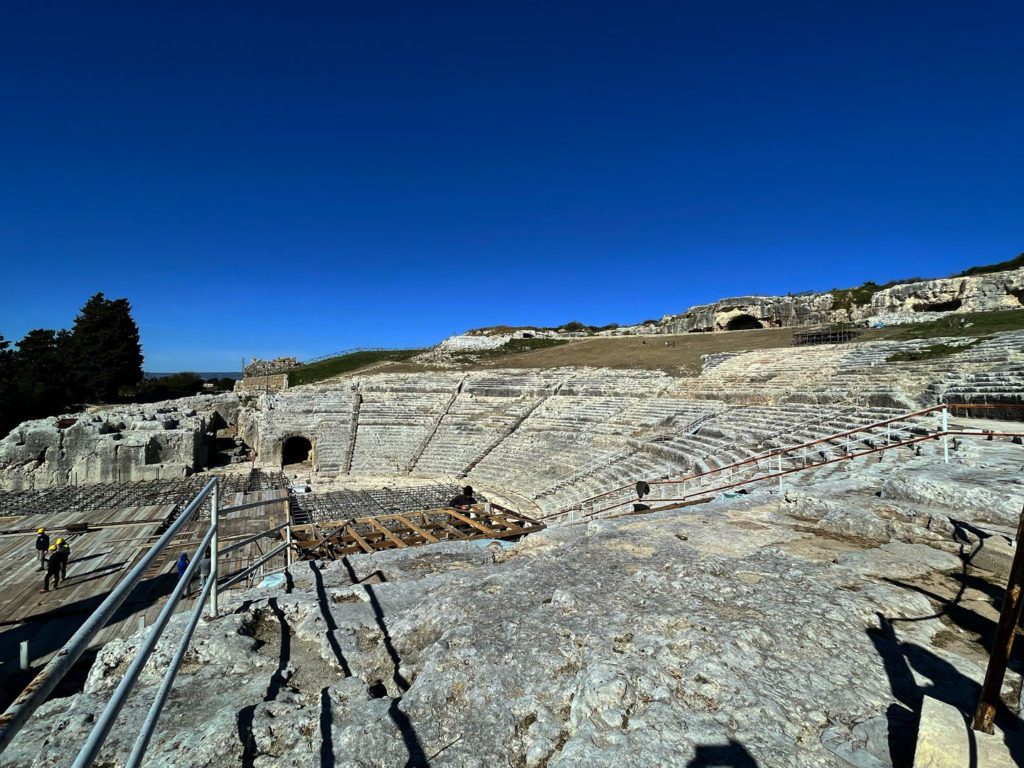

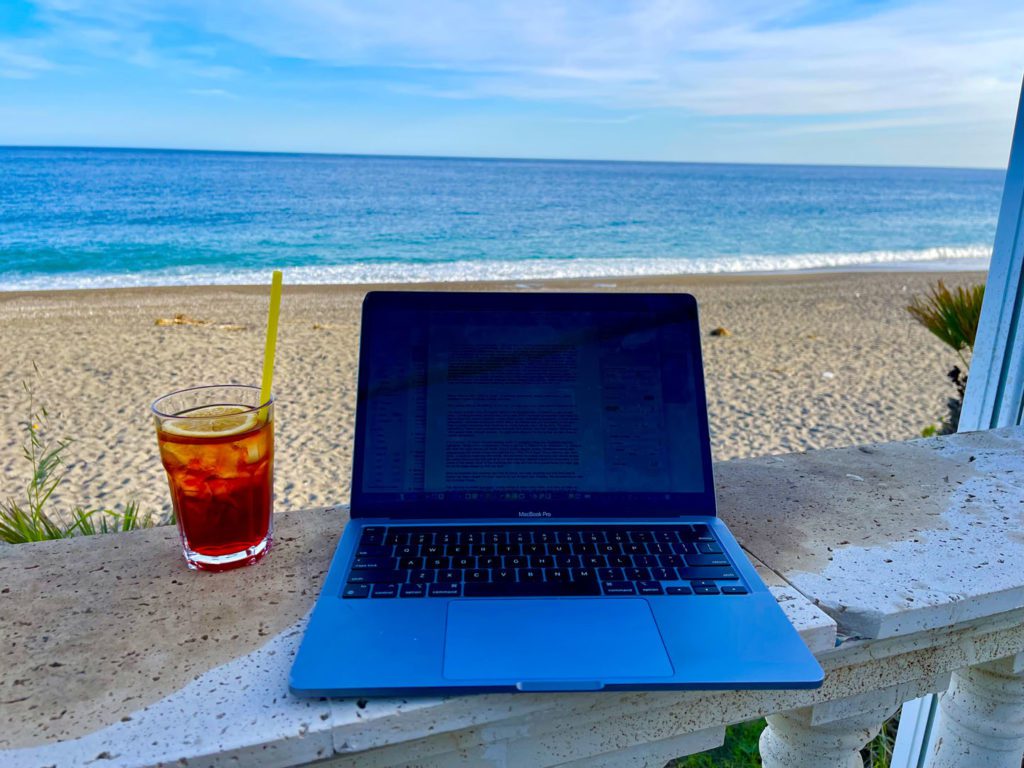
Wonderful! This is enchanting, as always Chuck. I laughed out loud at the St Agatha cakes. Thanks. I needed that.
Thanks Linda.
Life was tough in the old days!
Sicily was incredibly rich is so many ways.
Thanks for reading and writing!
(If you ever get a St Agatha cakes dont get a big one!)
Chuck
Wonderful, as always. We have a friend, Joan Lewis, who has lived in Rome for 40 + years and writes a blog: JoanKnows. You may enjoy it. She made our visit in the Holy Year special but we did not make it to Sicily.
Your writing is inspirational as is your poetry.
Hope to see More Bookplates this year.
Pray for Ukraine & Be Not Afraid.
Tommy
Thomas Sokolosky-Wixon
That is so kind Tommy!
I will check it out.
Working on bookplates…
Best
Chuck
Just read your experience at airport in Palermo—it was the opposite for me…..everyone (about 10 people) walking out with me had to stopped and had their bags checked, but I was just waved through…
You made me laugh reading about the cassatella di Sant’Agata. Yes, they were quite sweet. But the arancini and cannoli from that cafe were the best I’ve had during the trip. I purchased all 3 cannoli flavors (regular size) because I couldn’t decide which one to try. Same with the arancini, I had to try both varieties…one of the joys of travelling is the local cuisine…
Livia
LOL…
You should change your Southern Spain to early December. My Morocco got bumped to January…